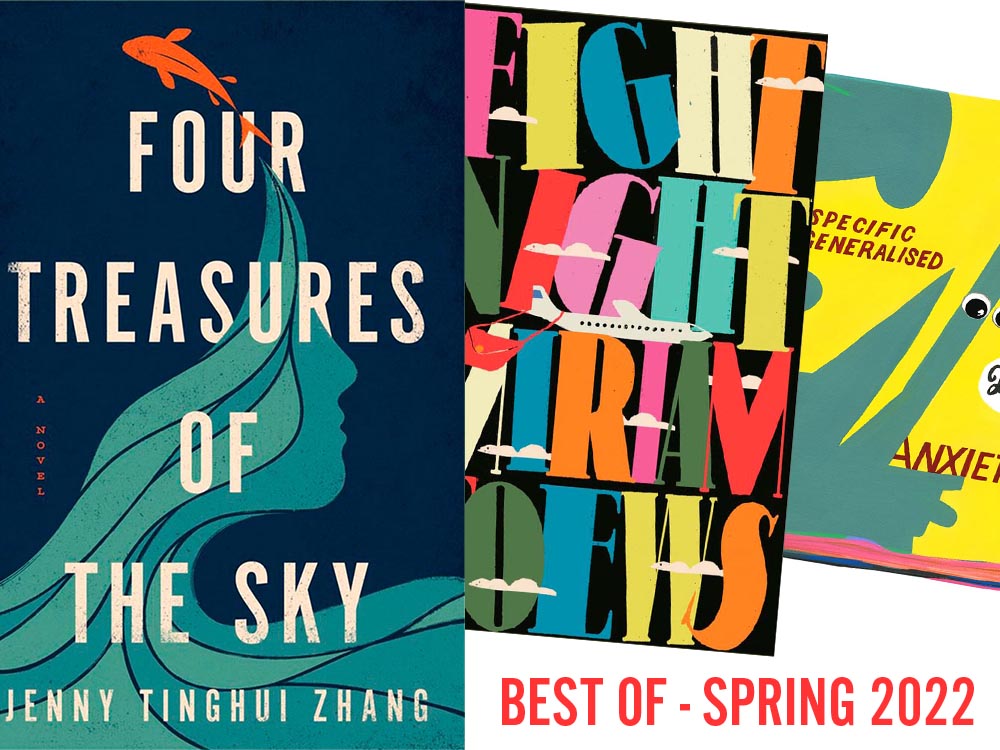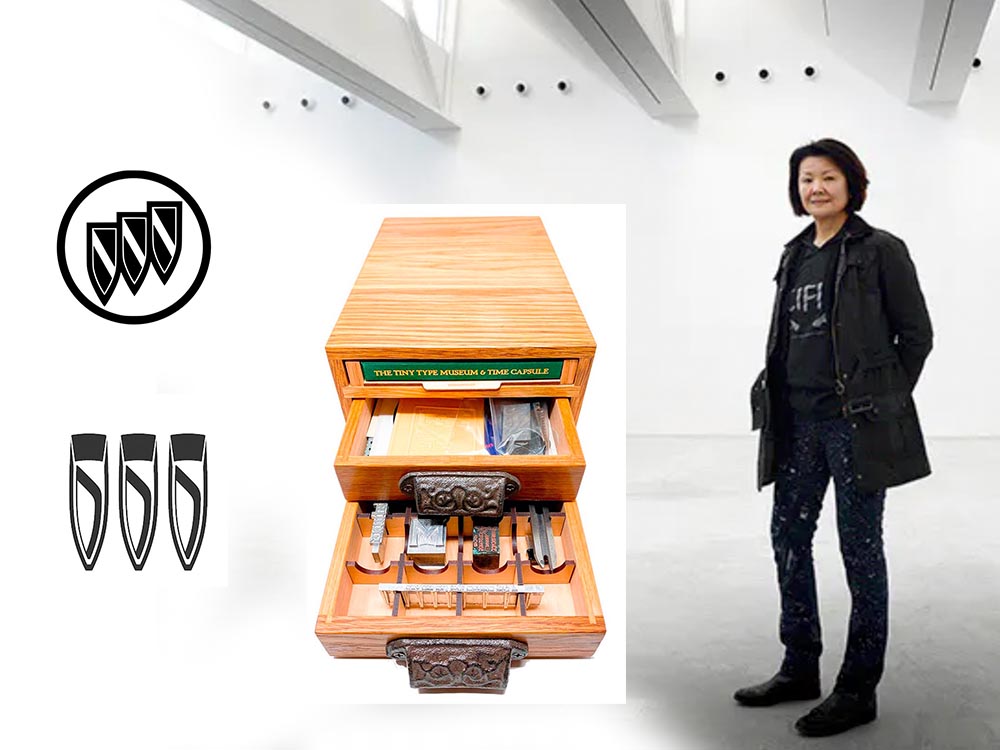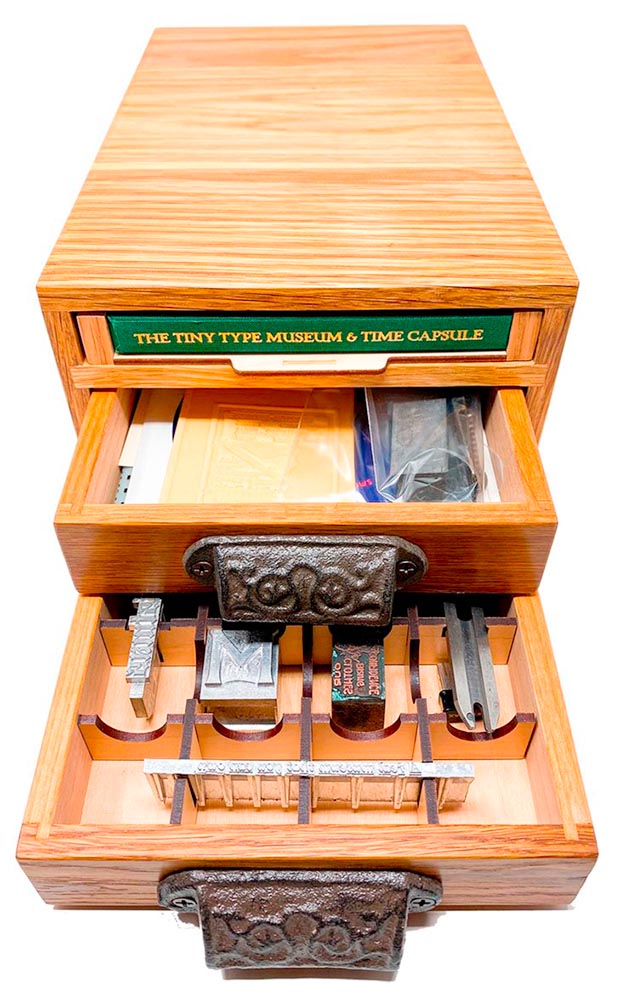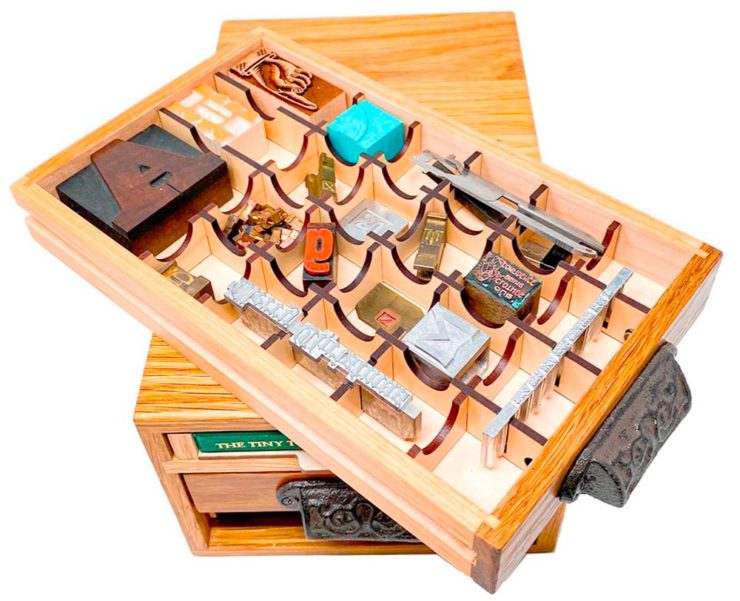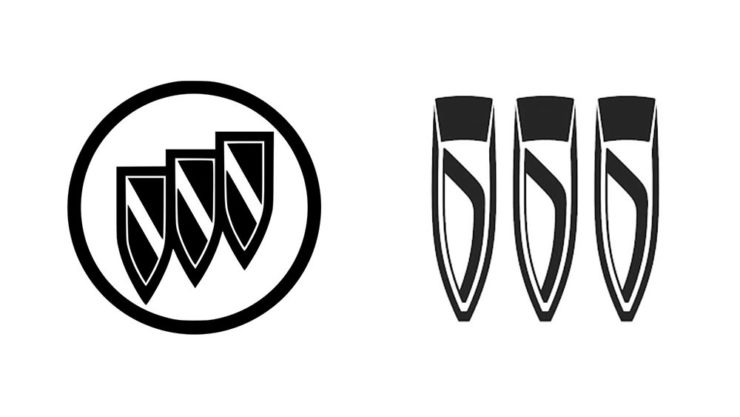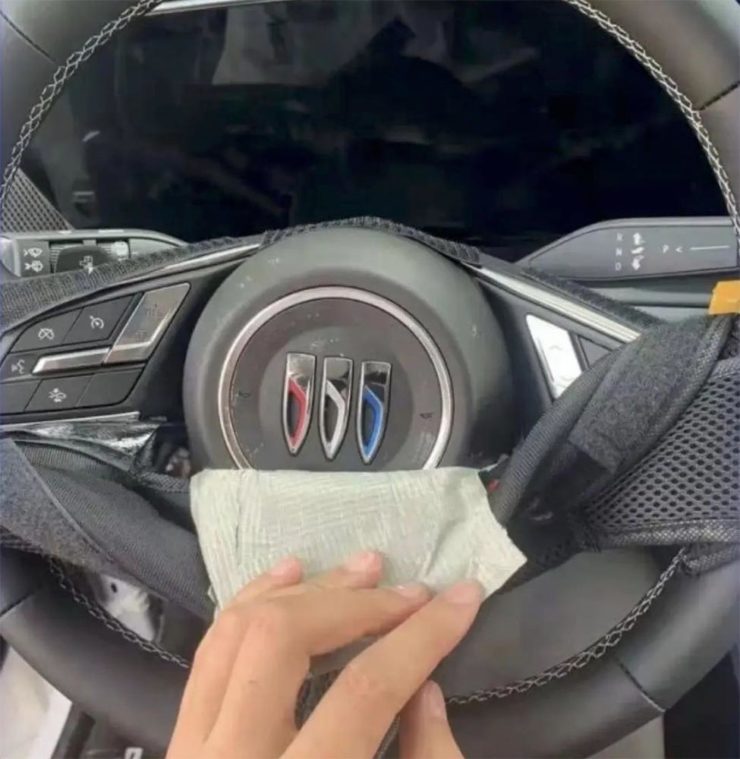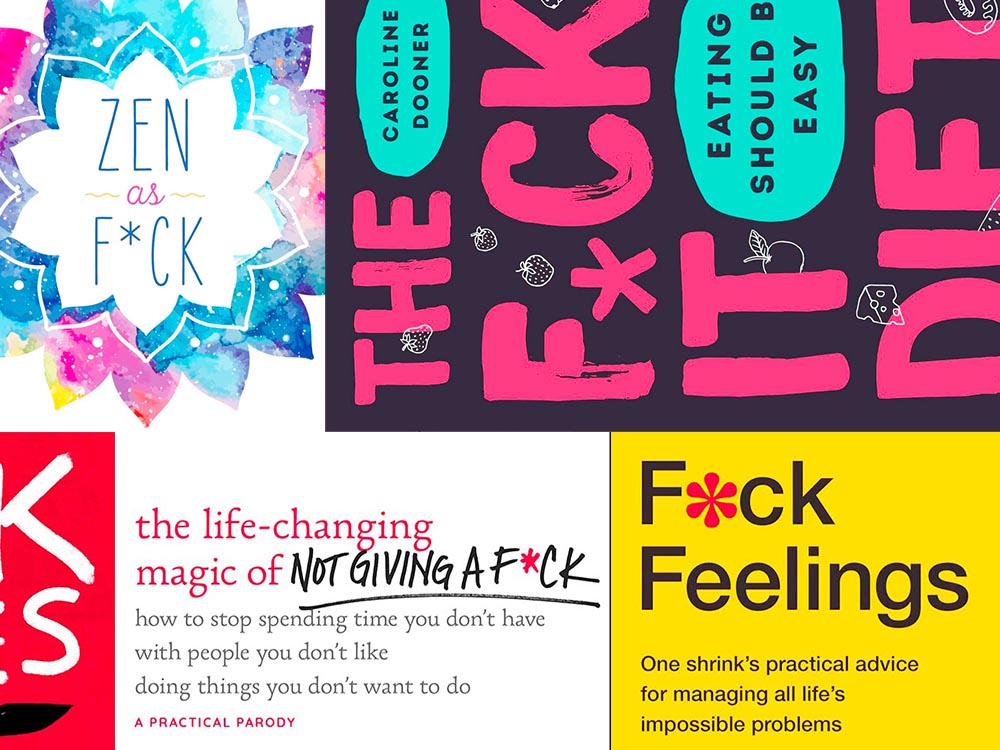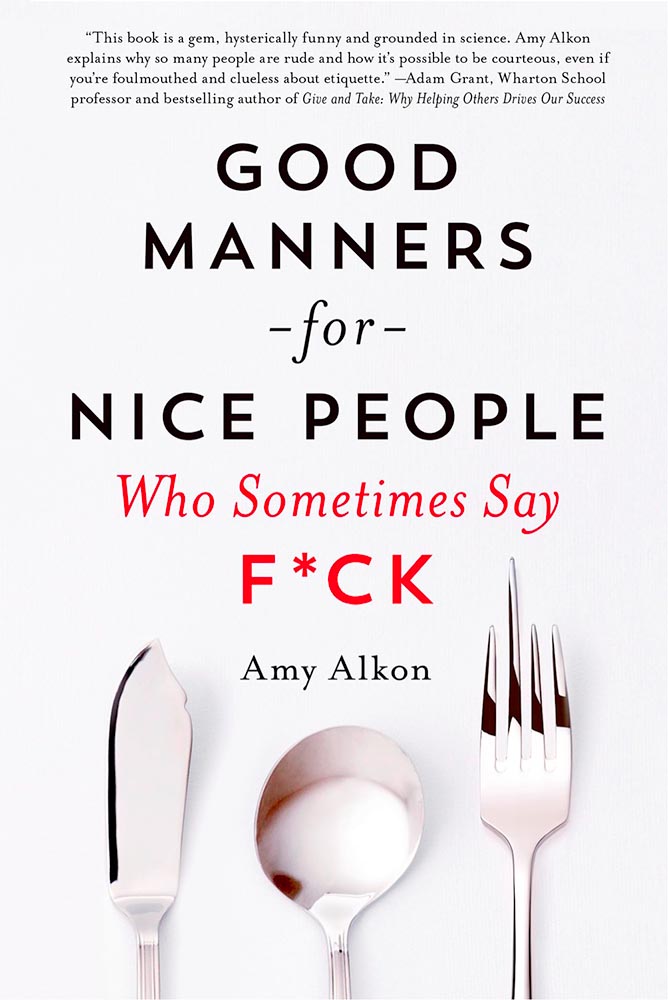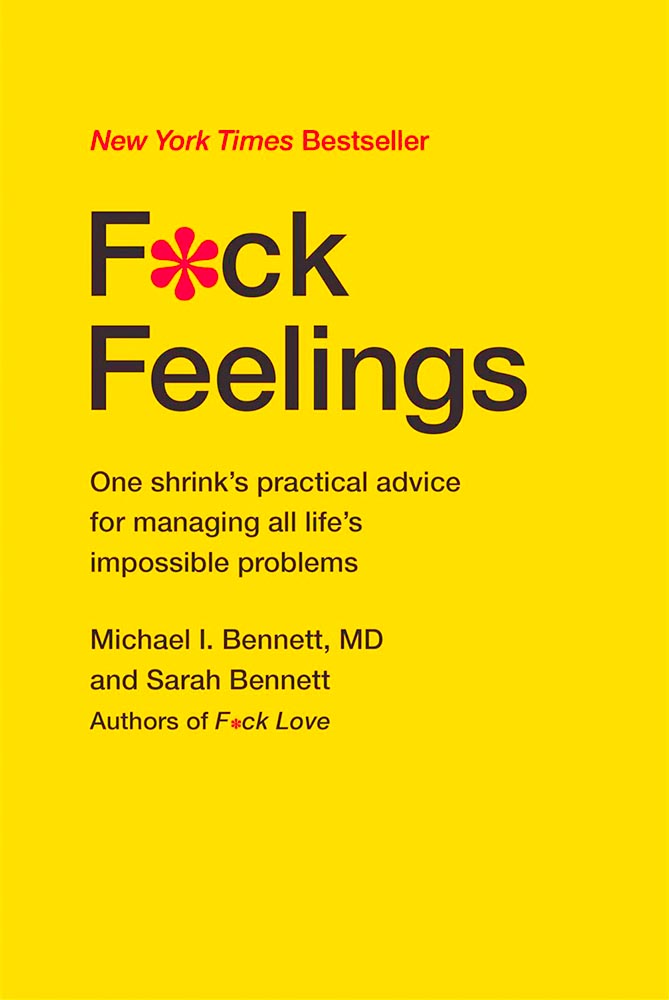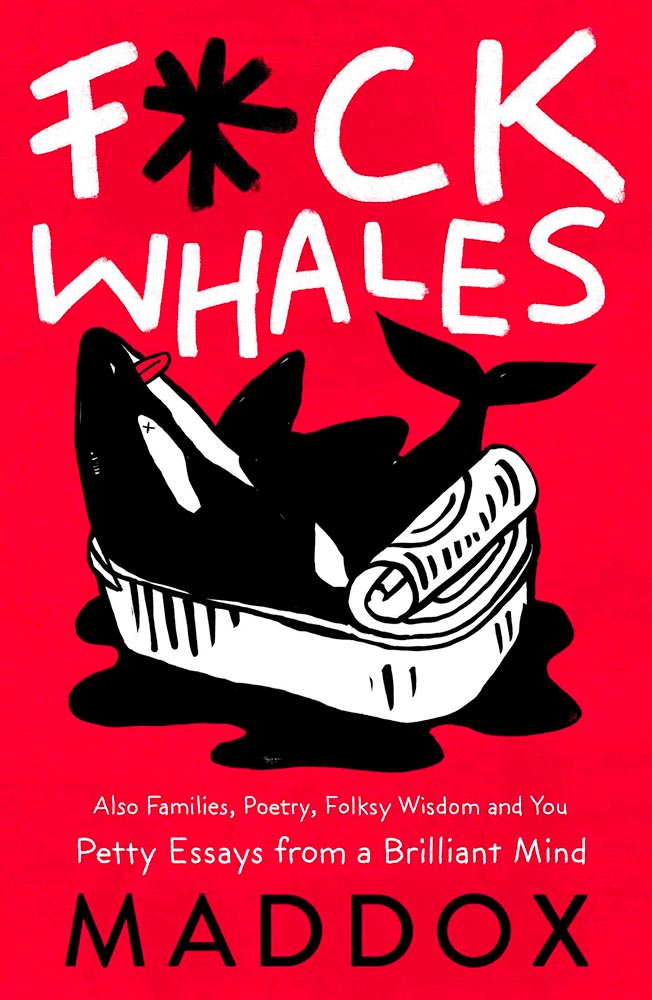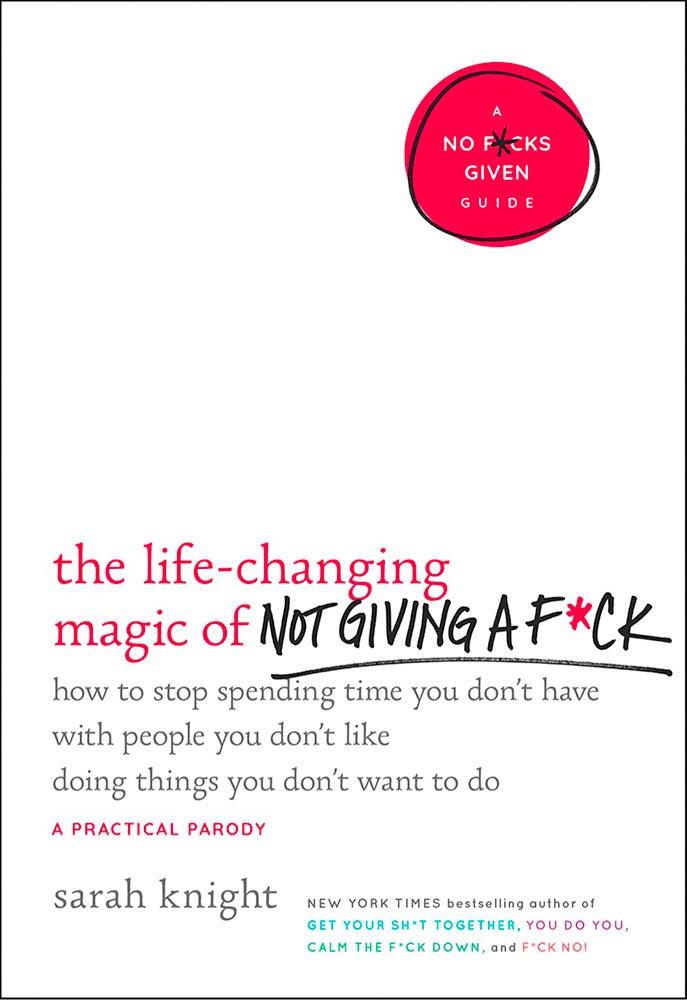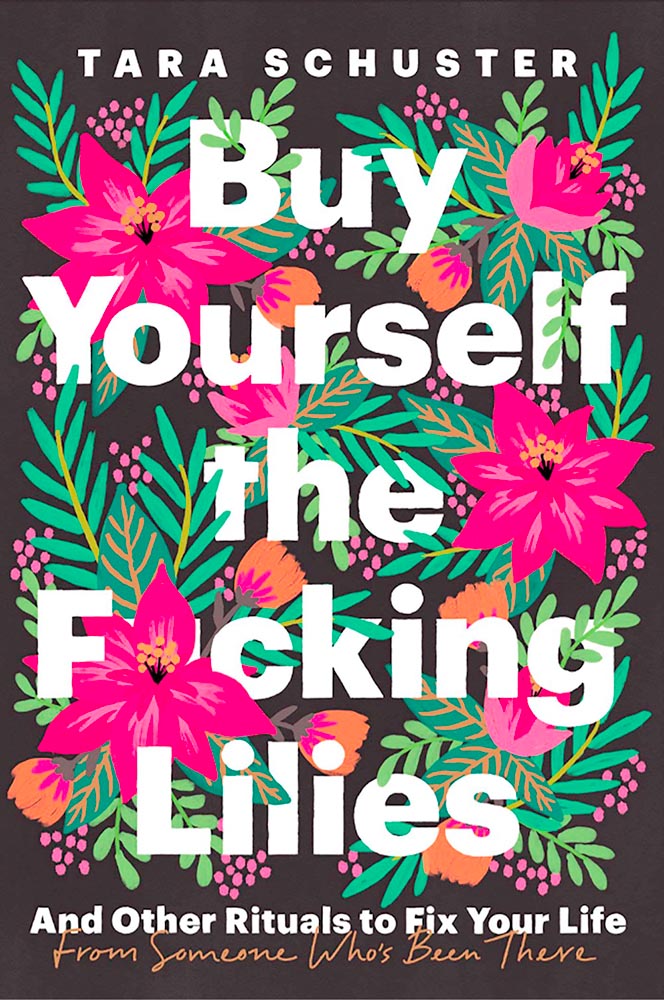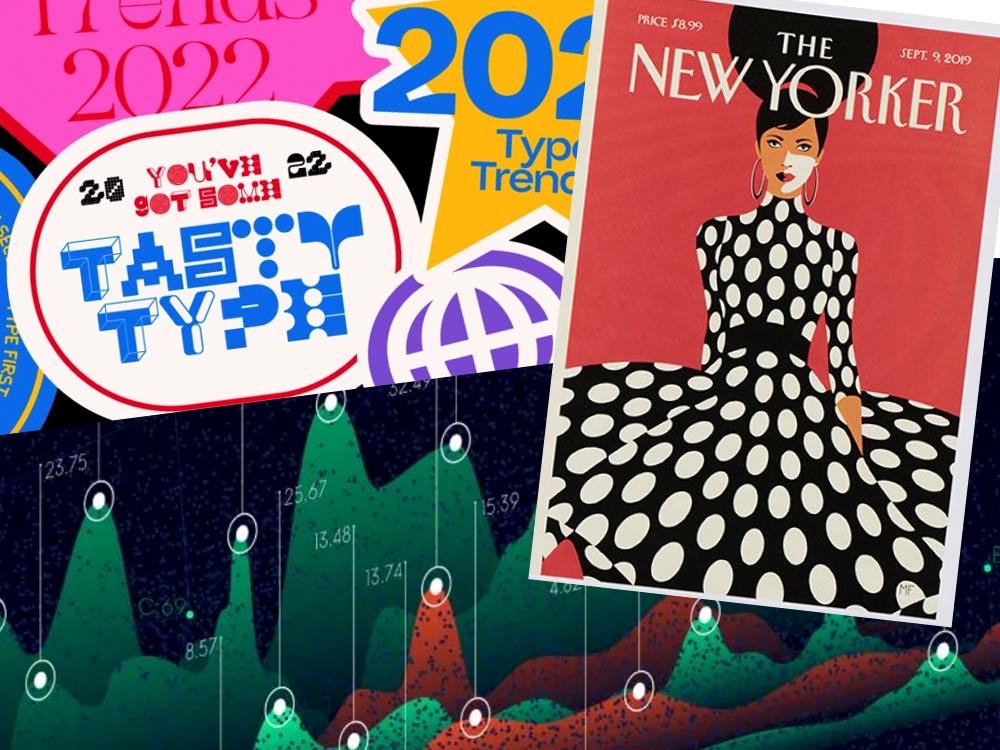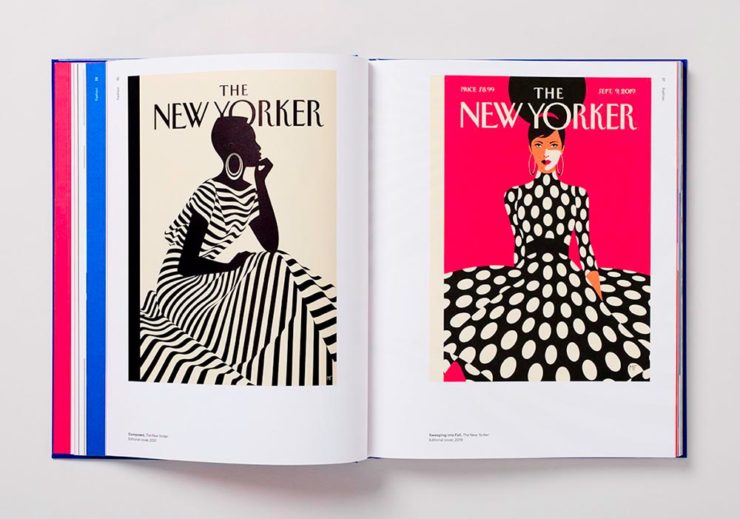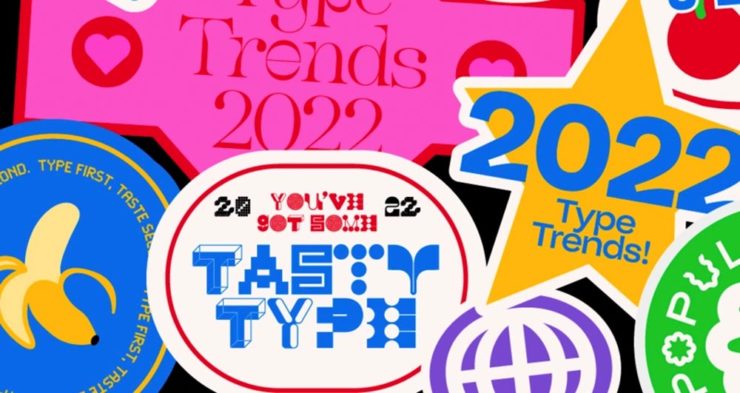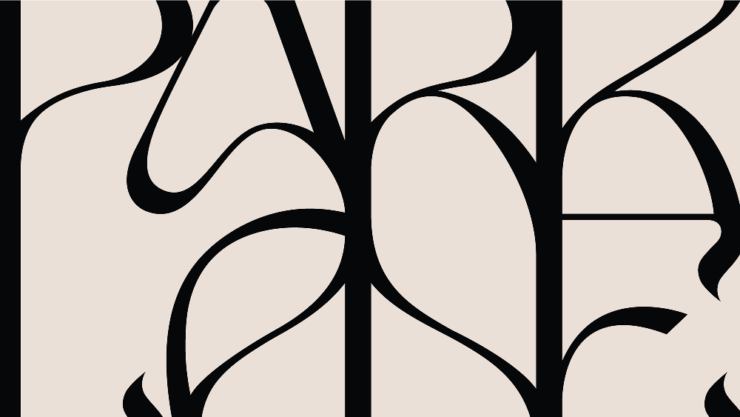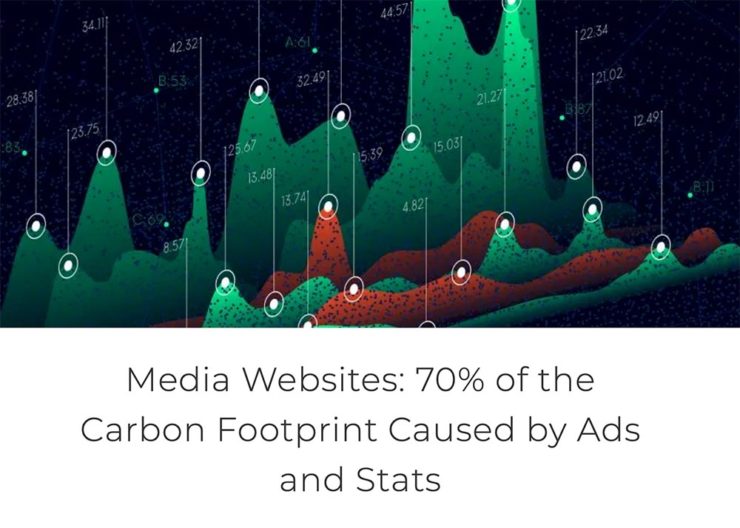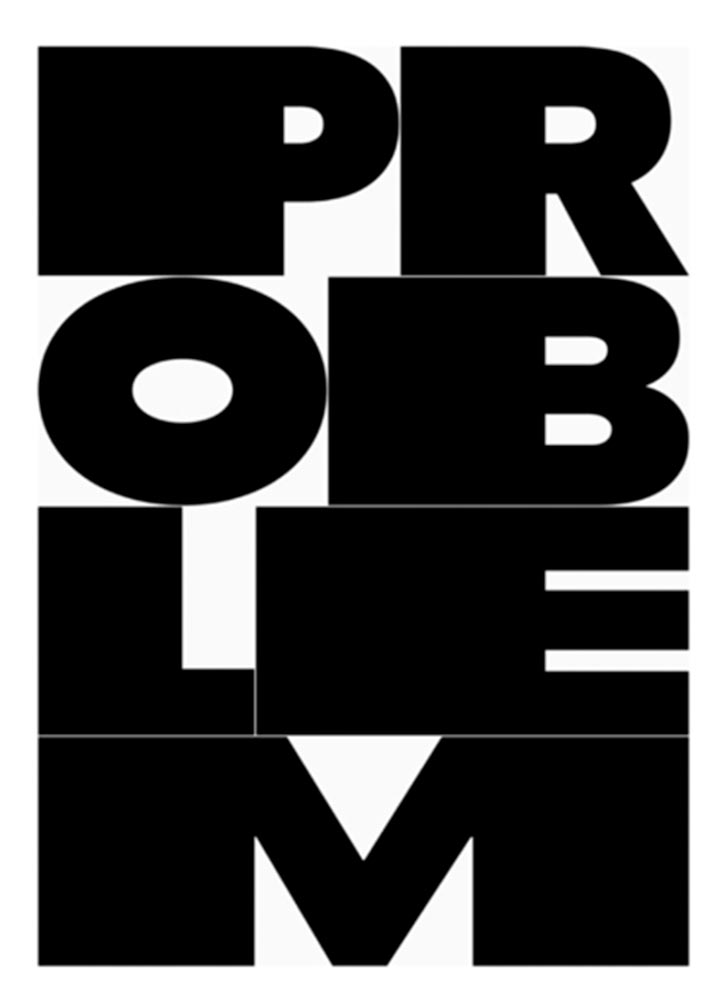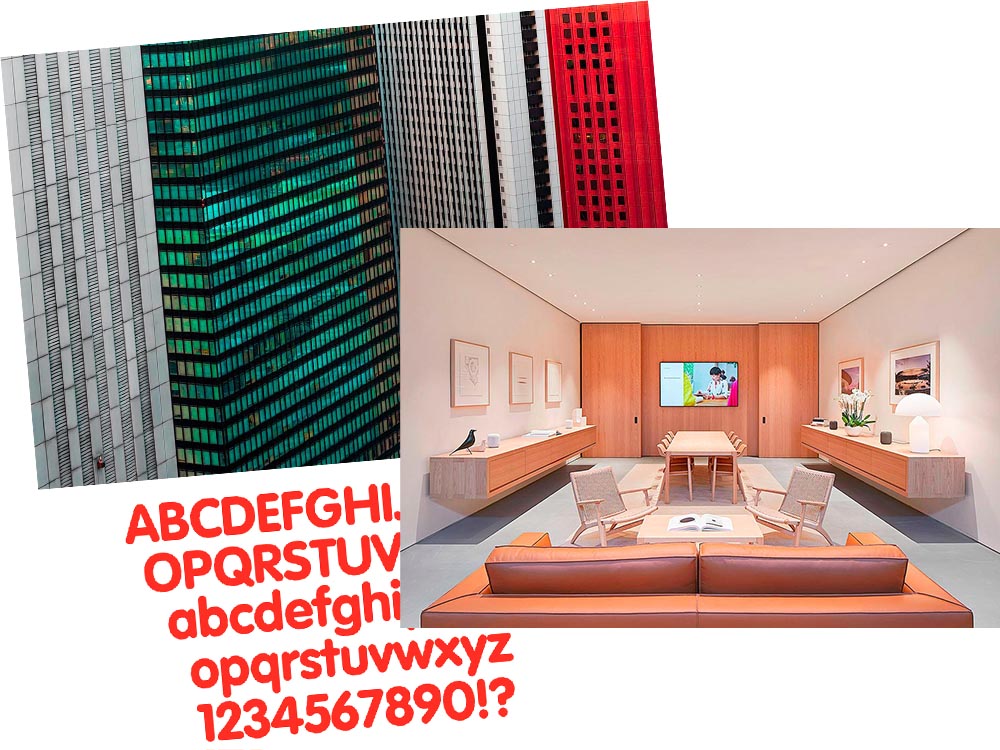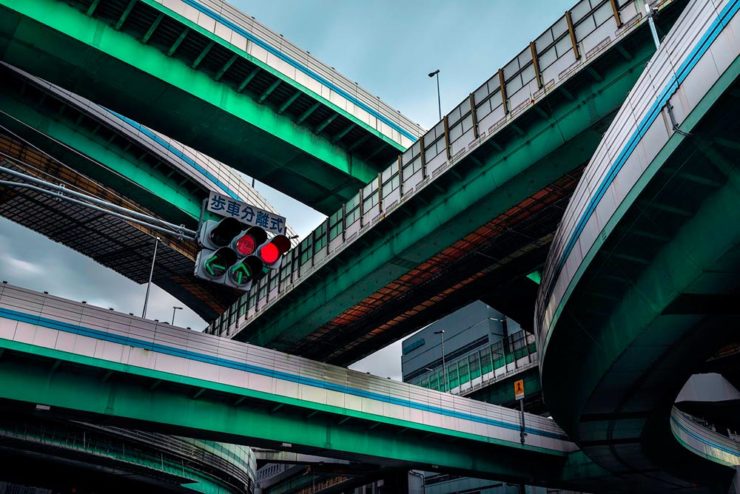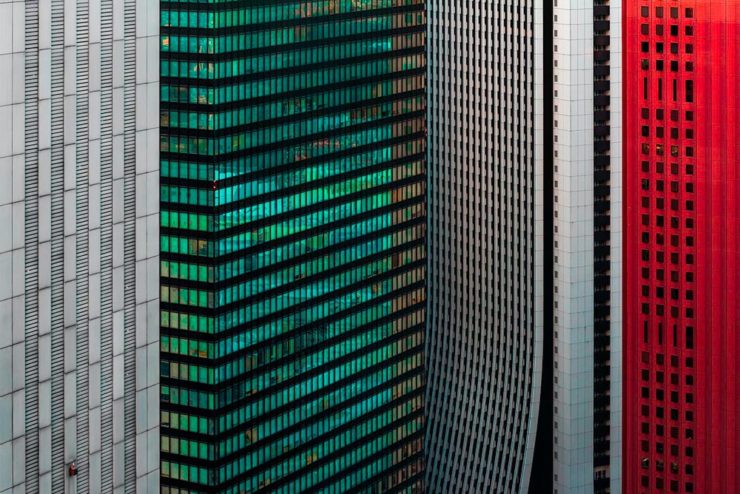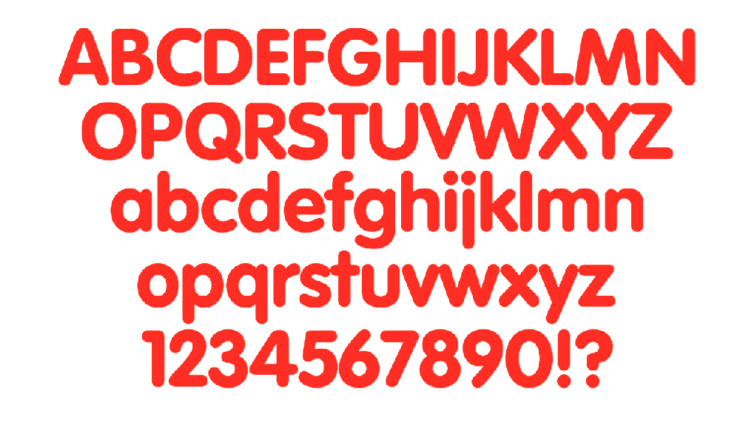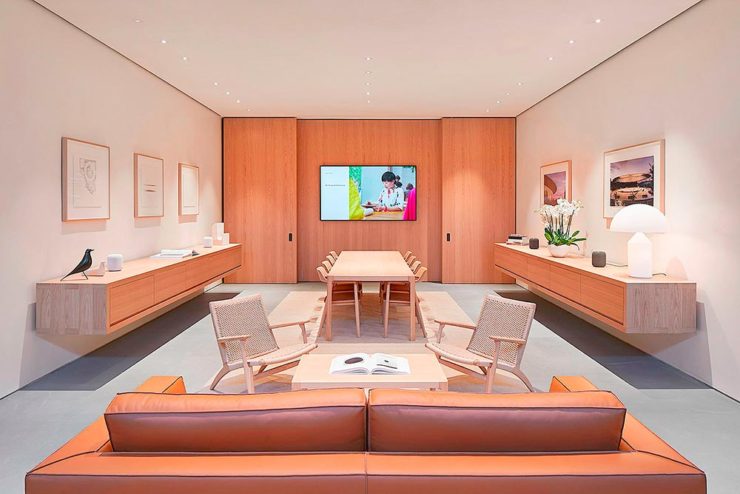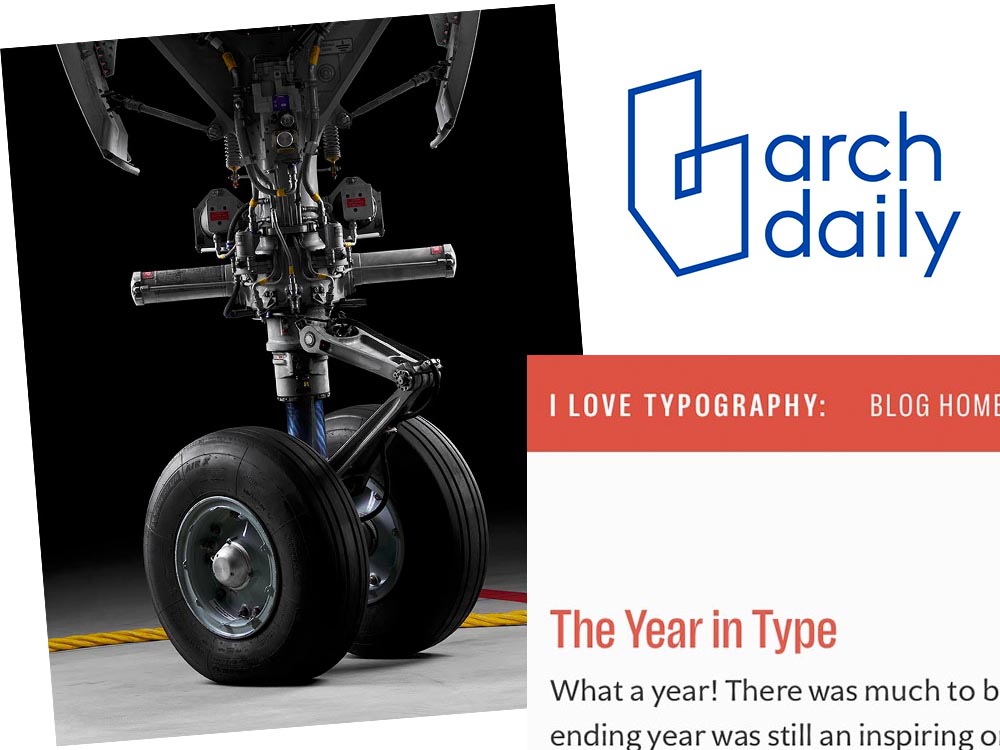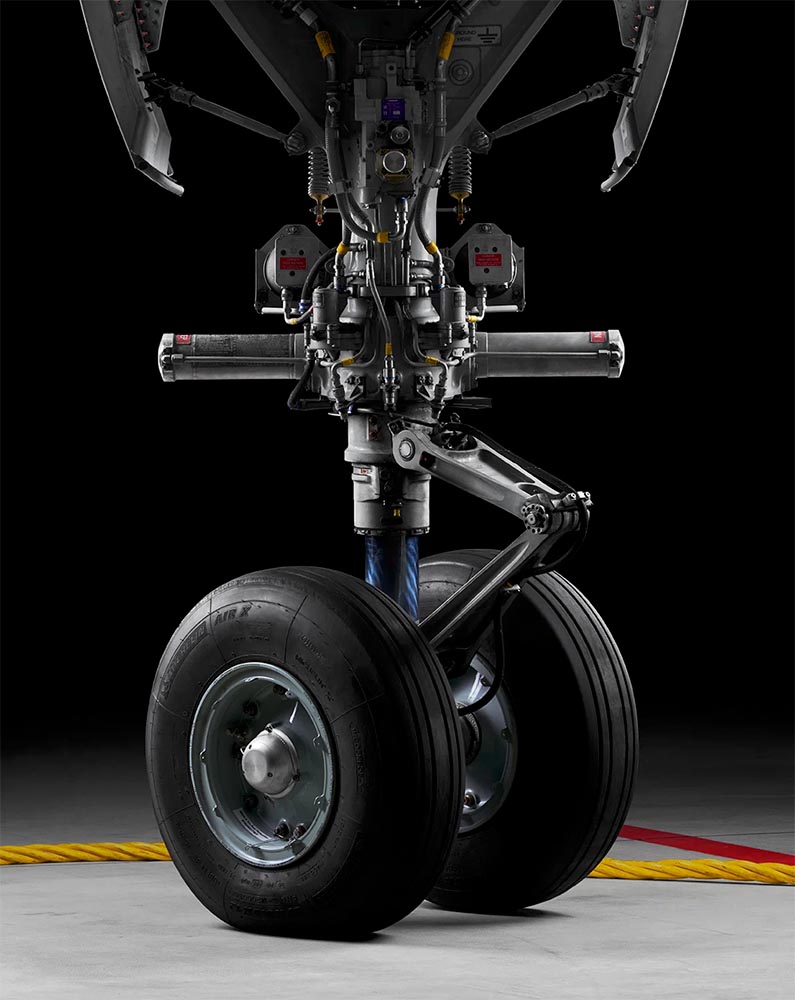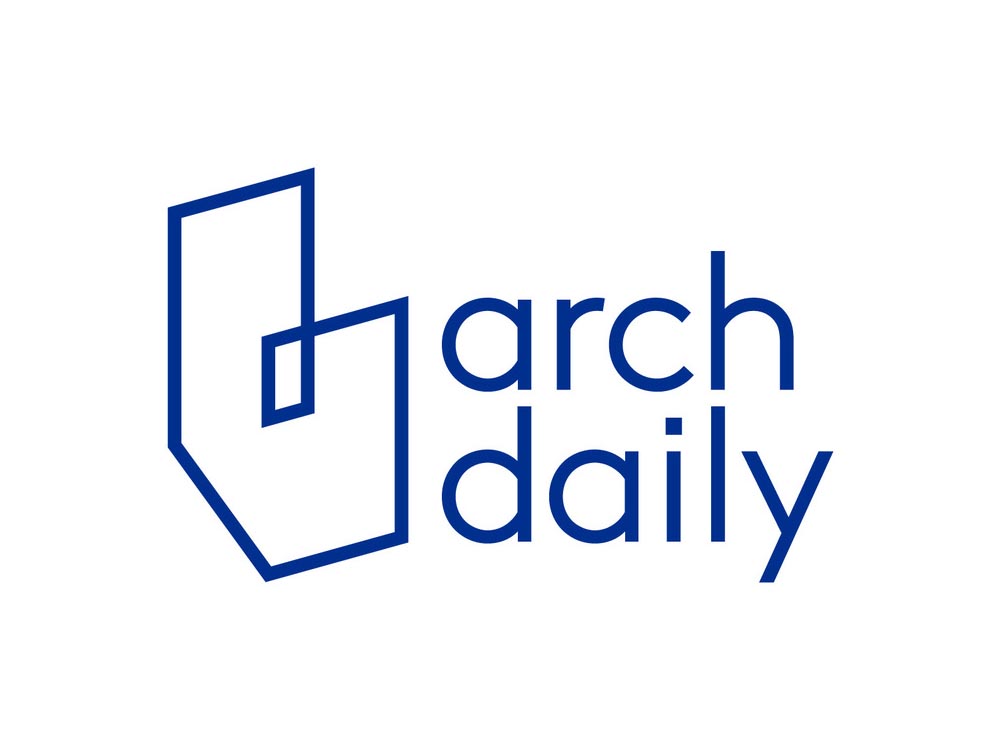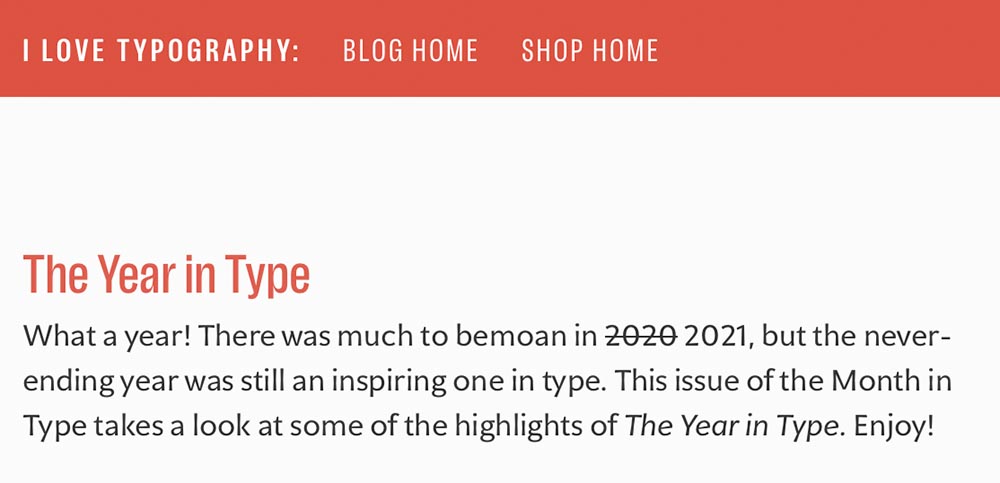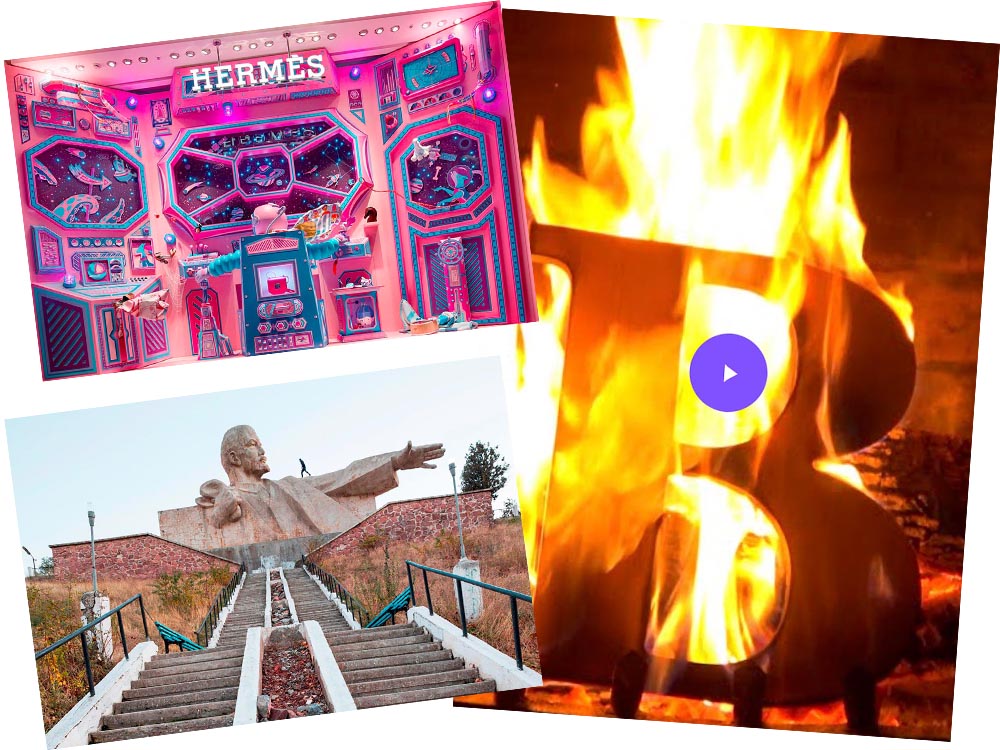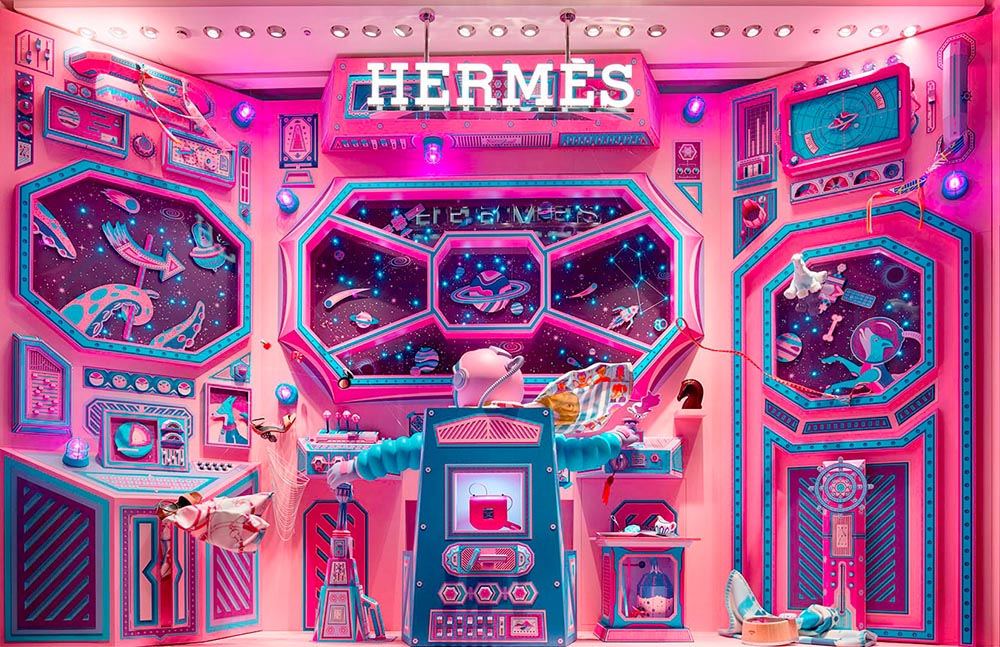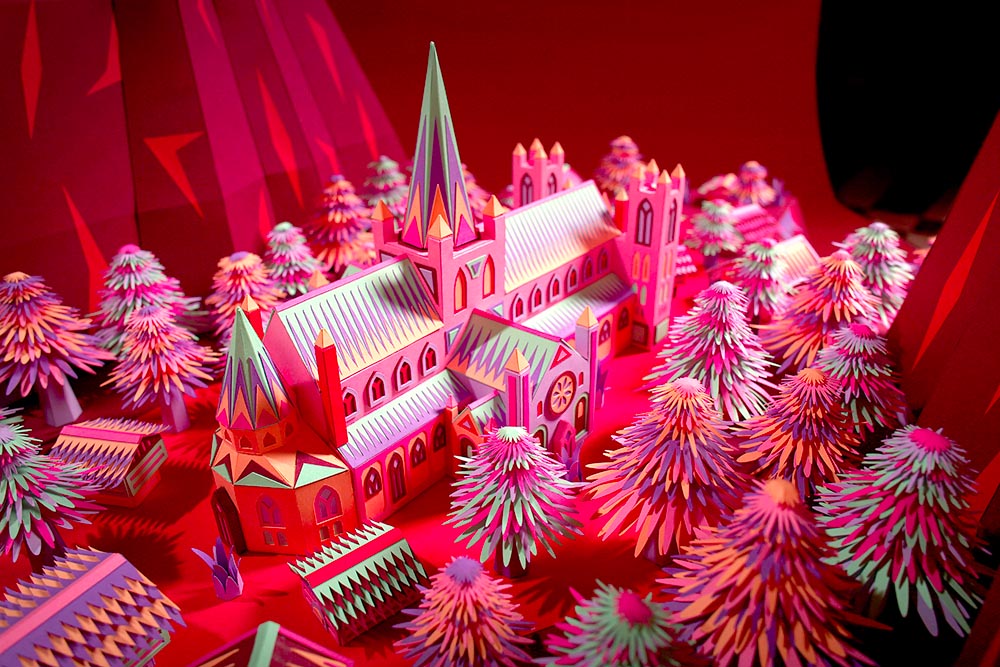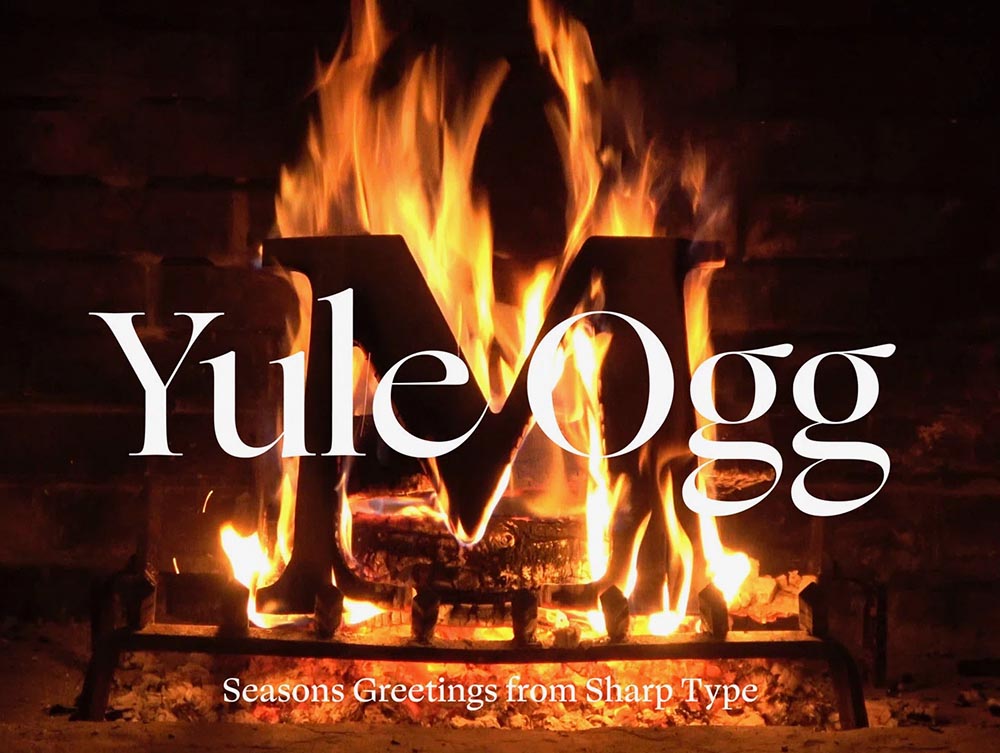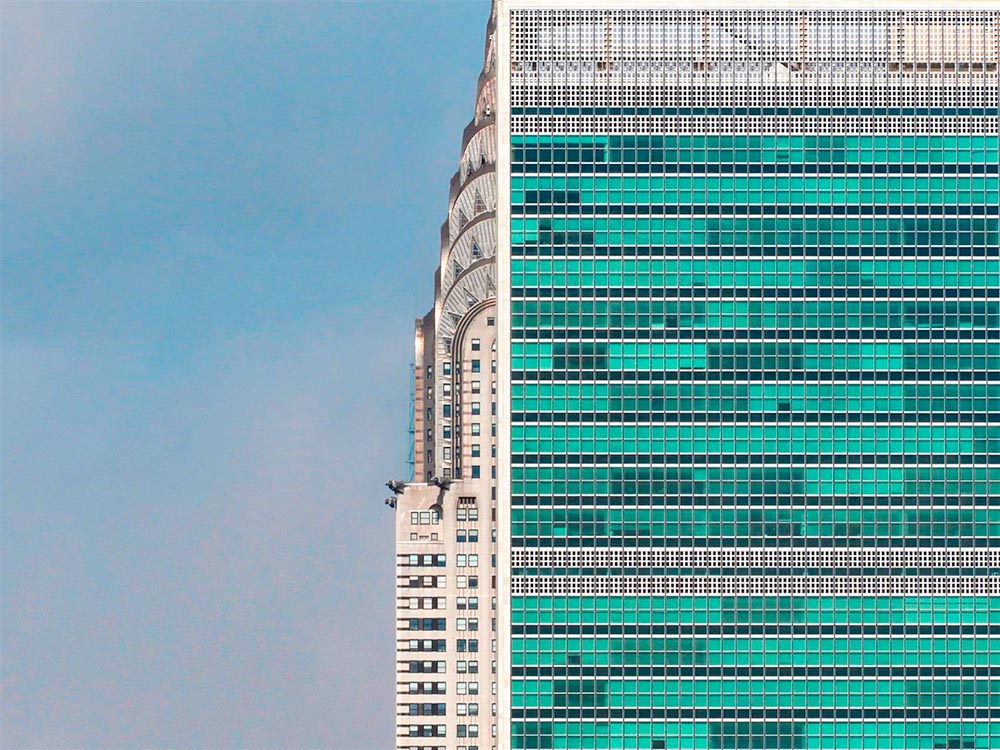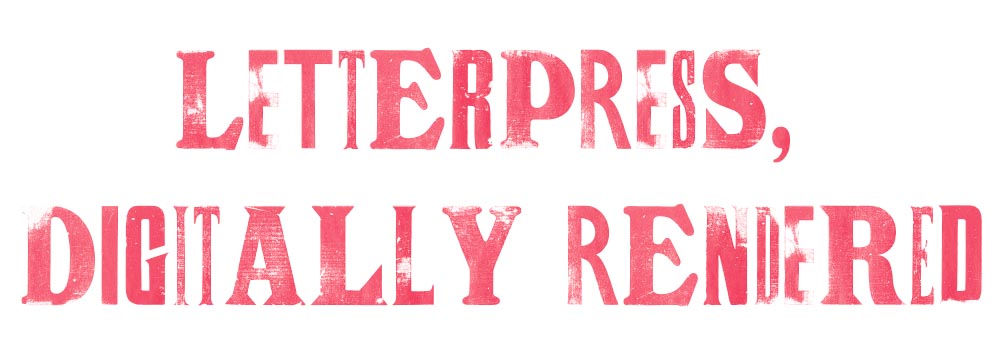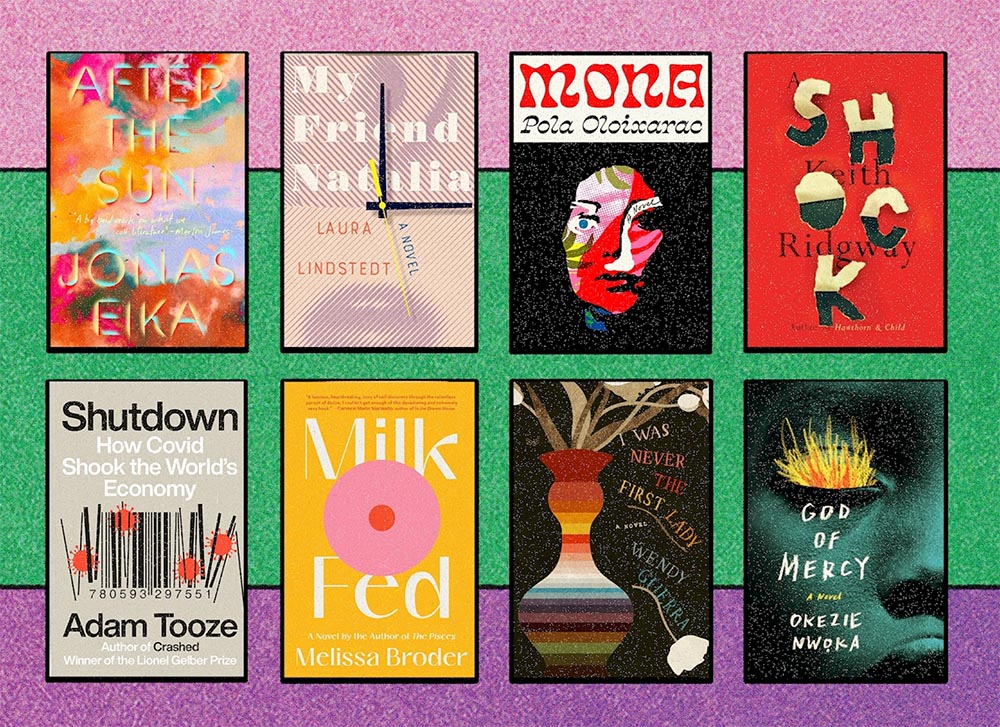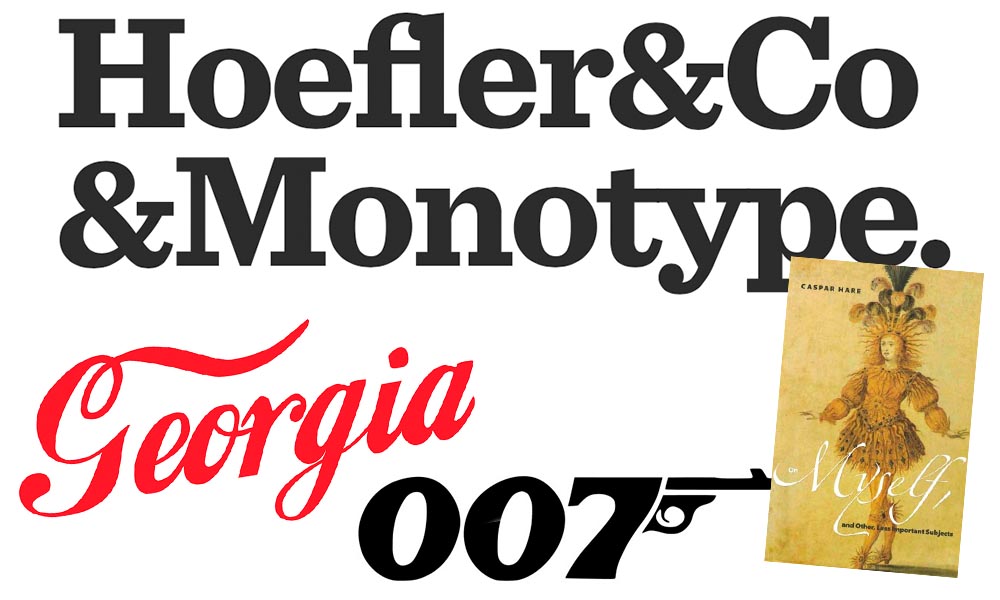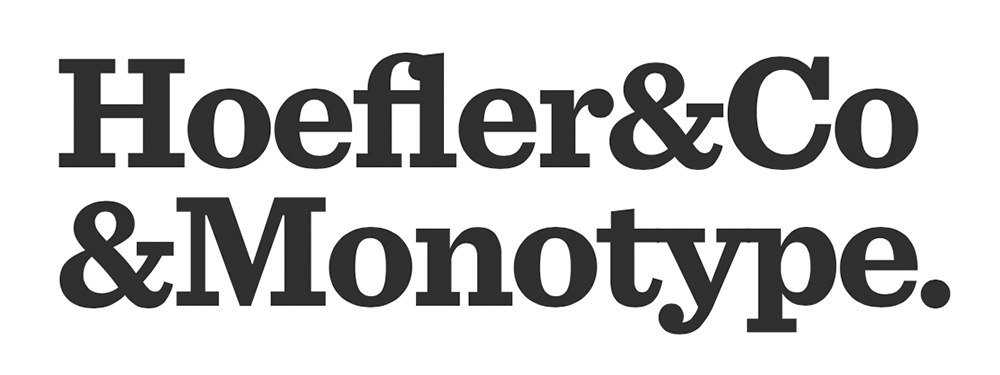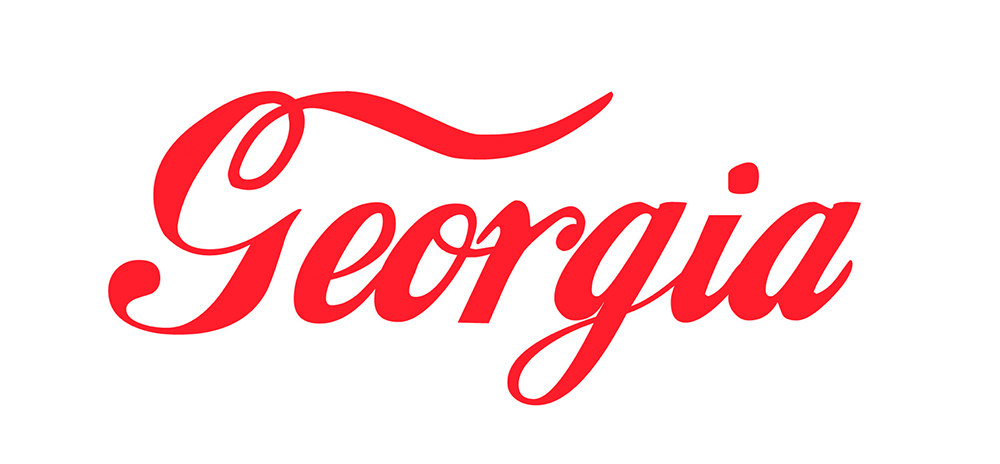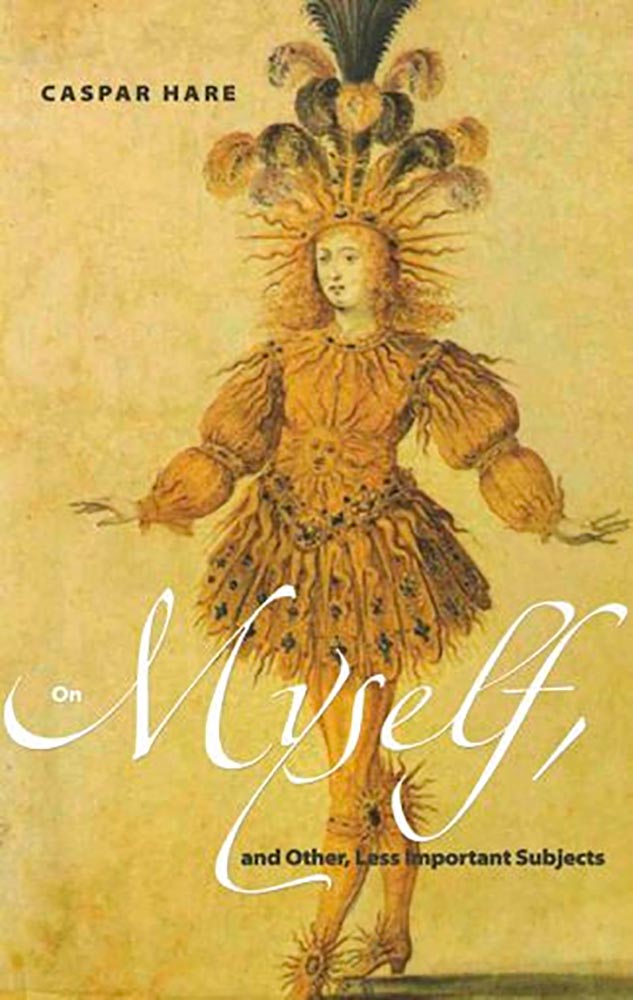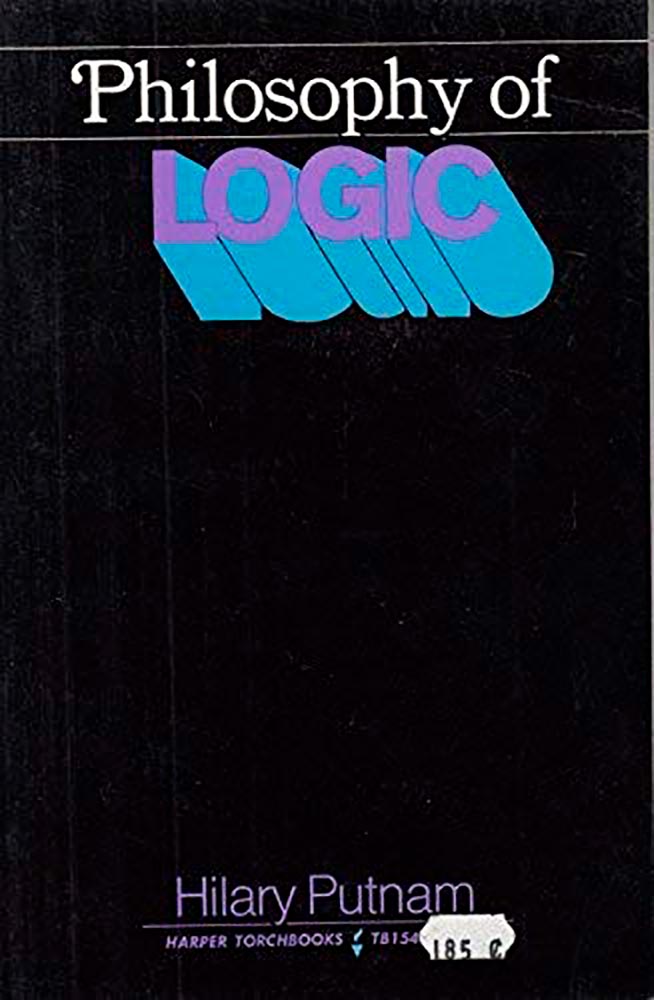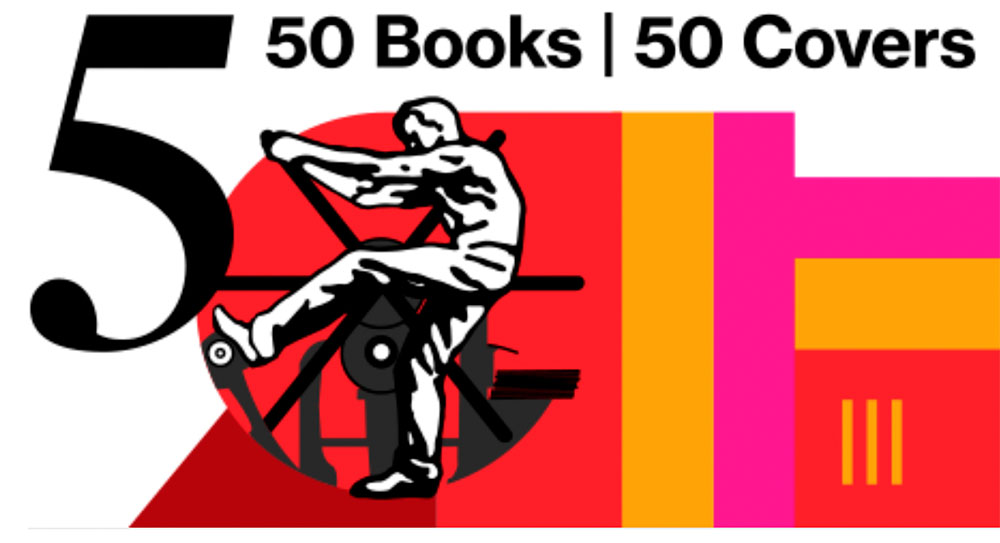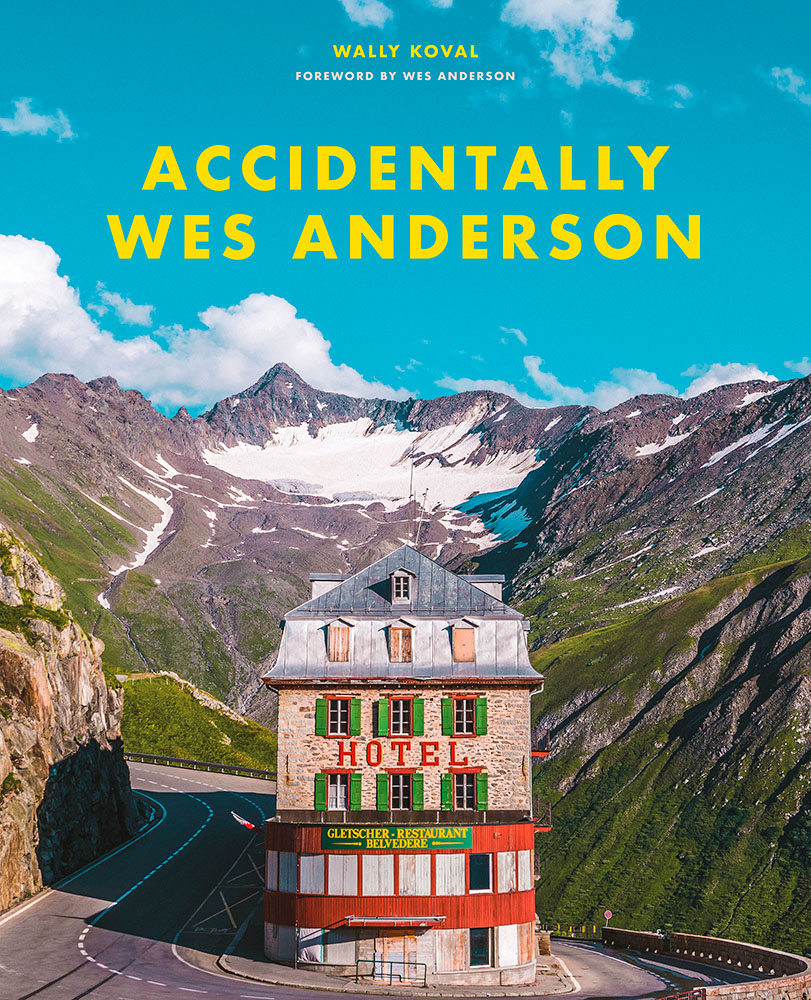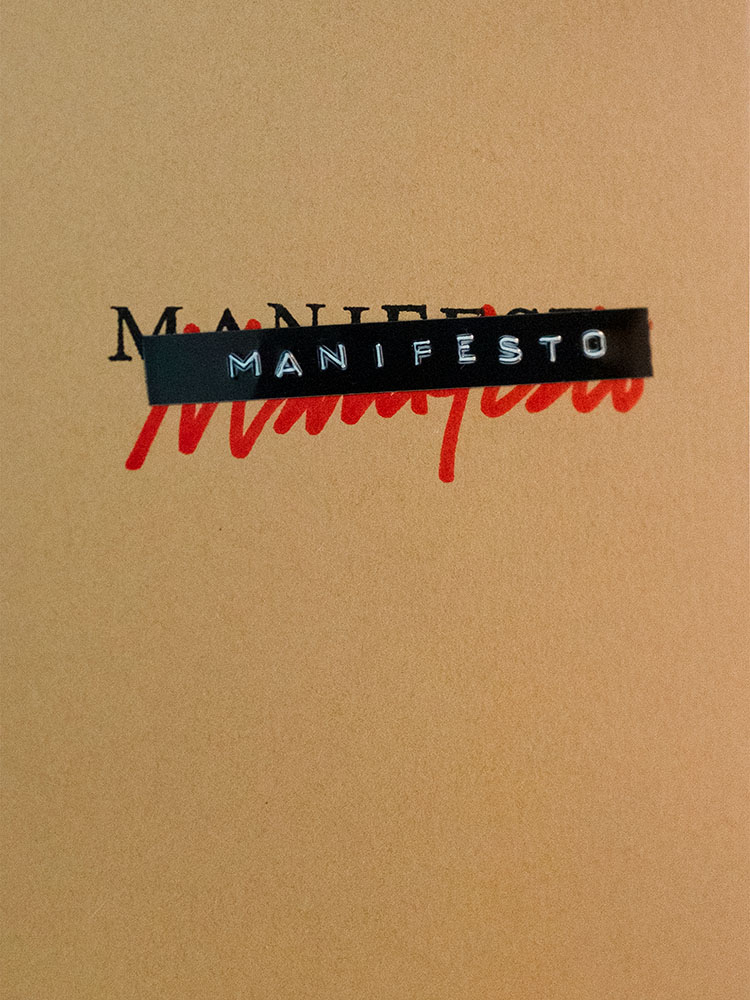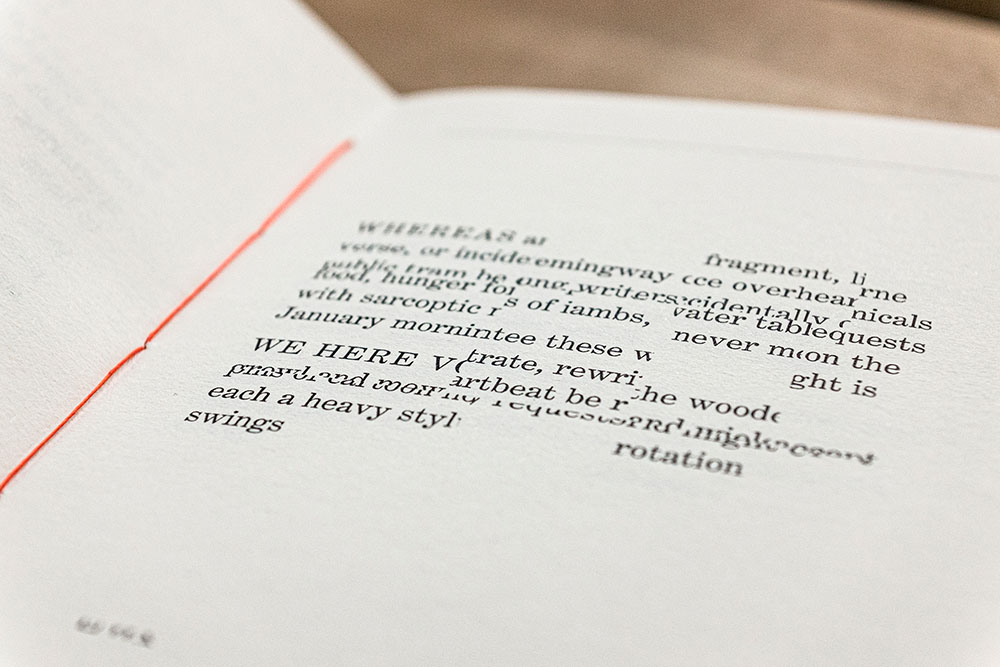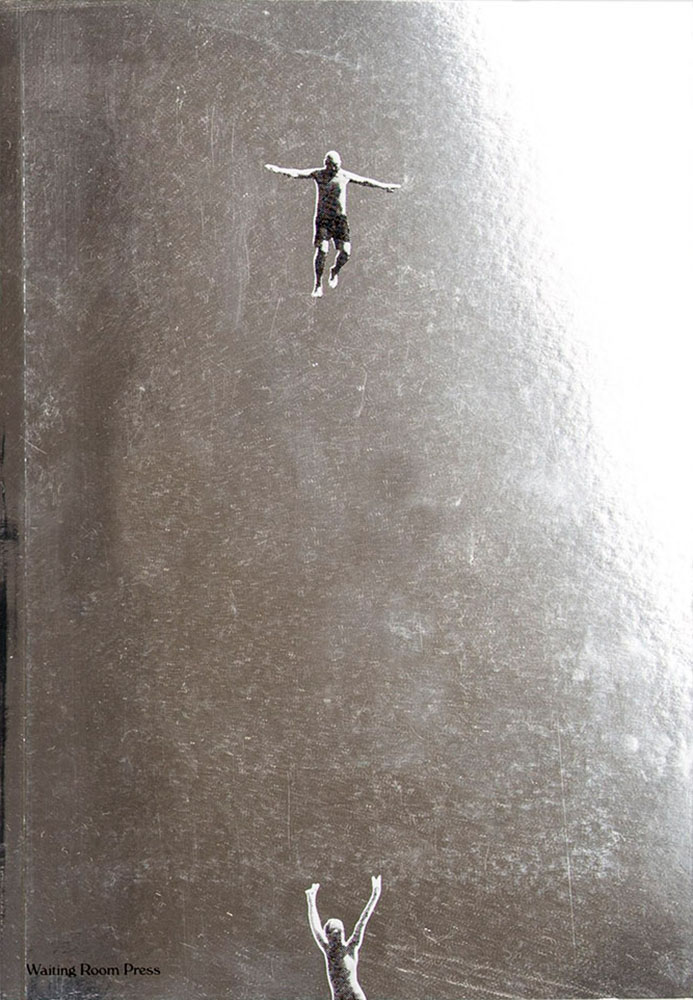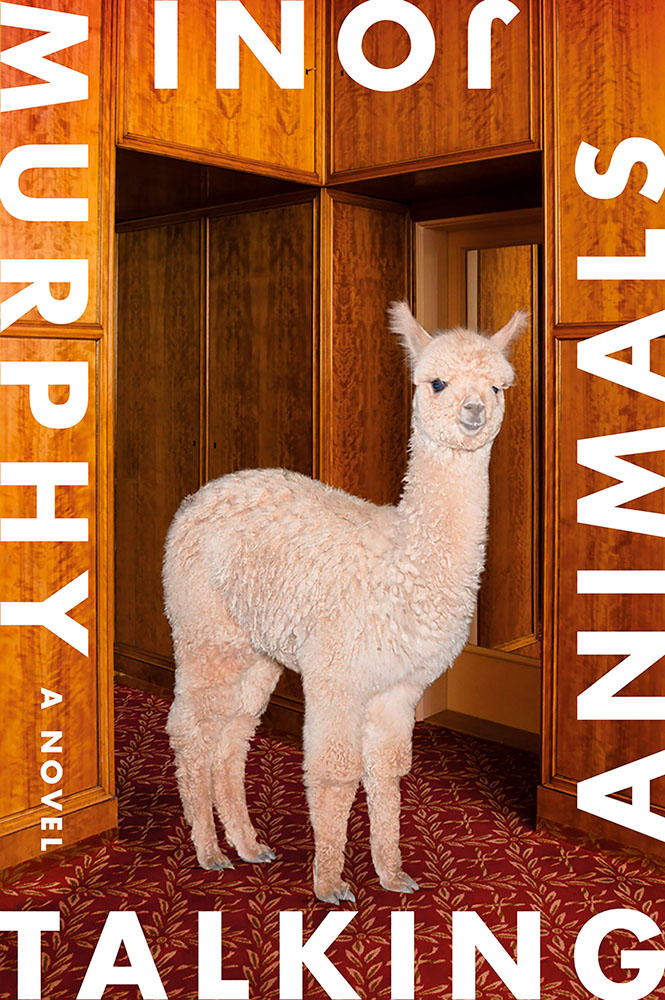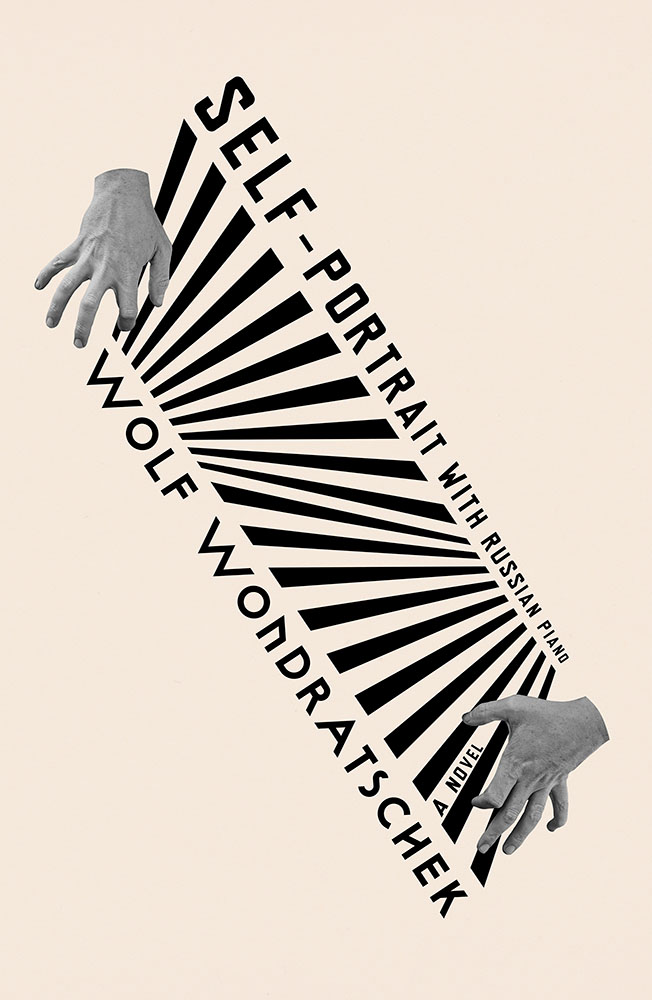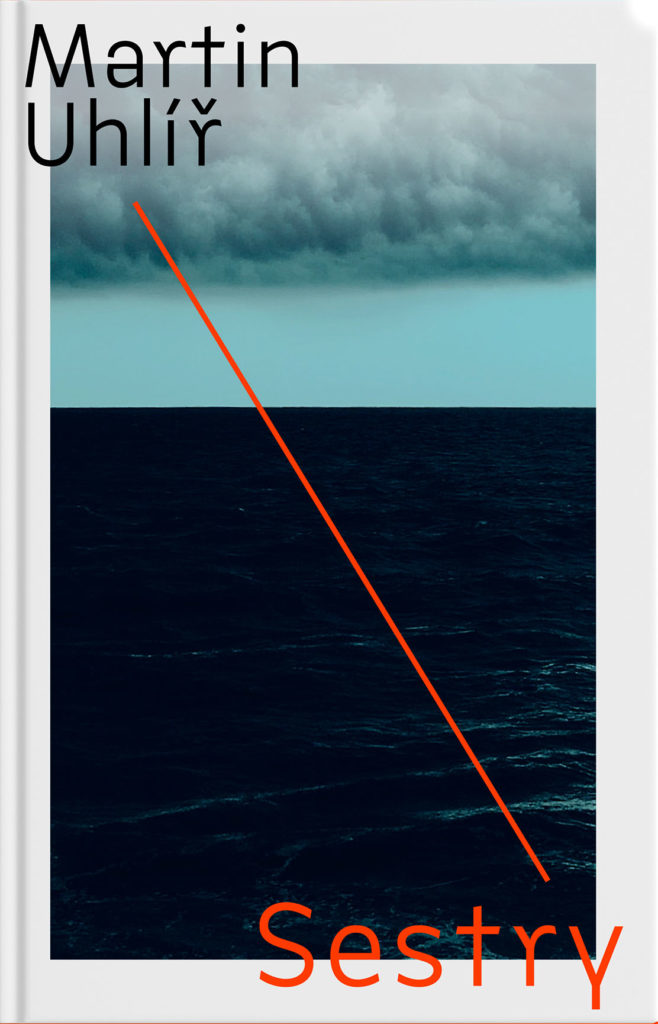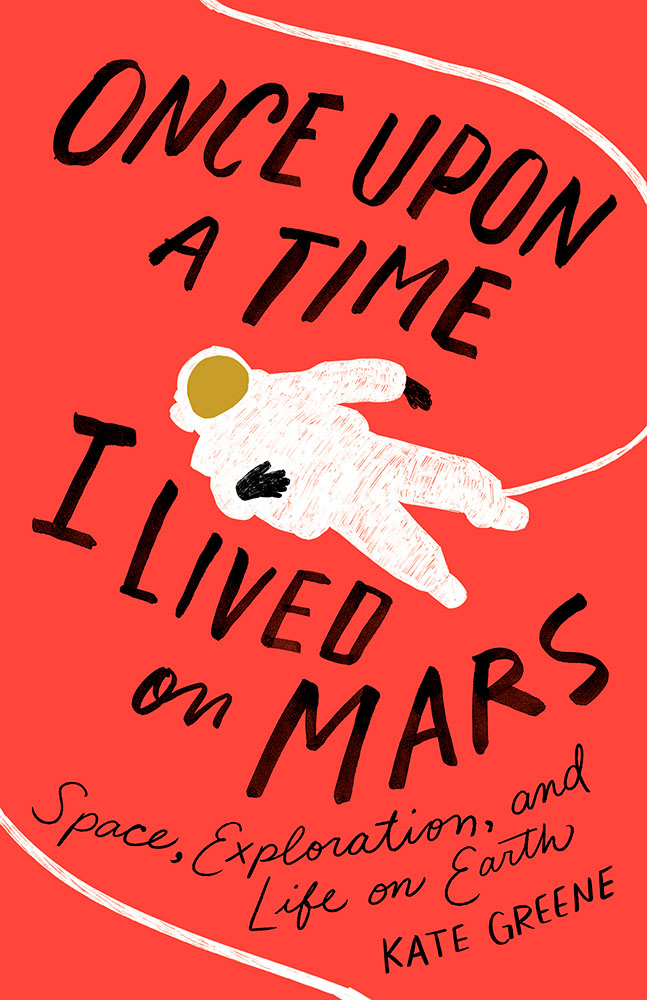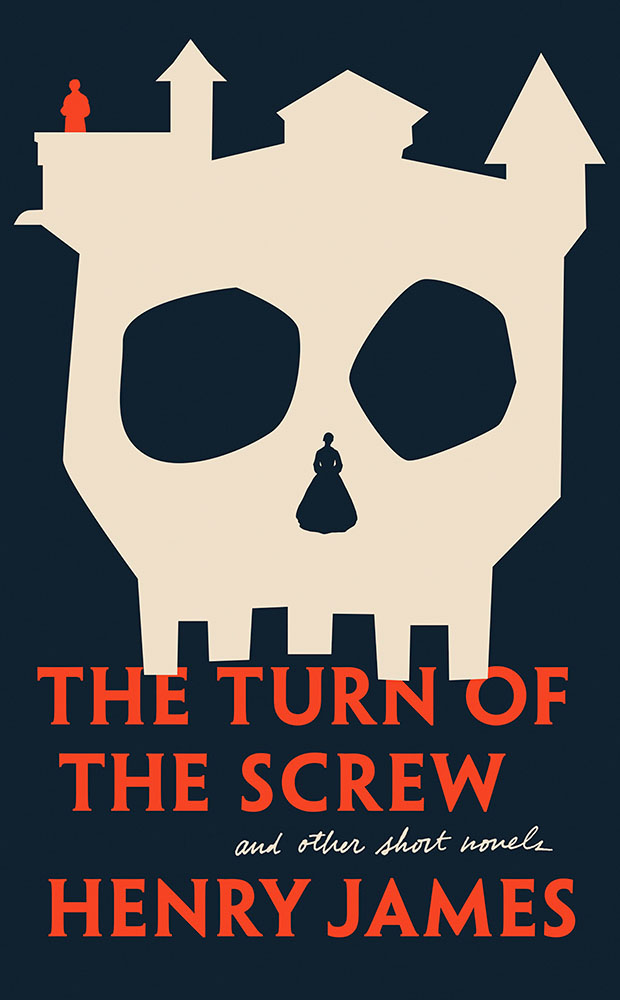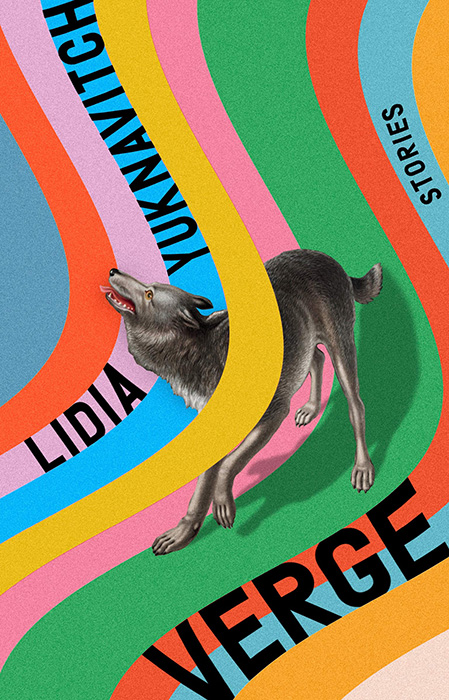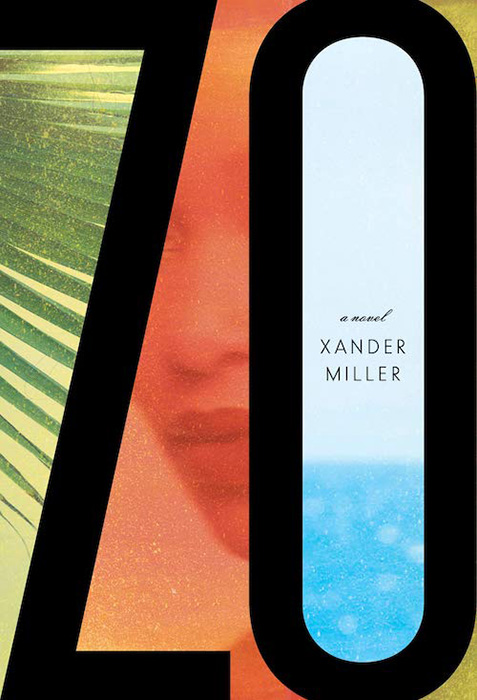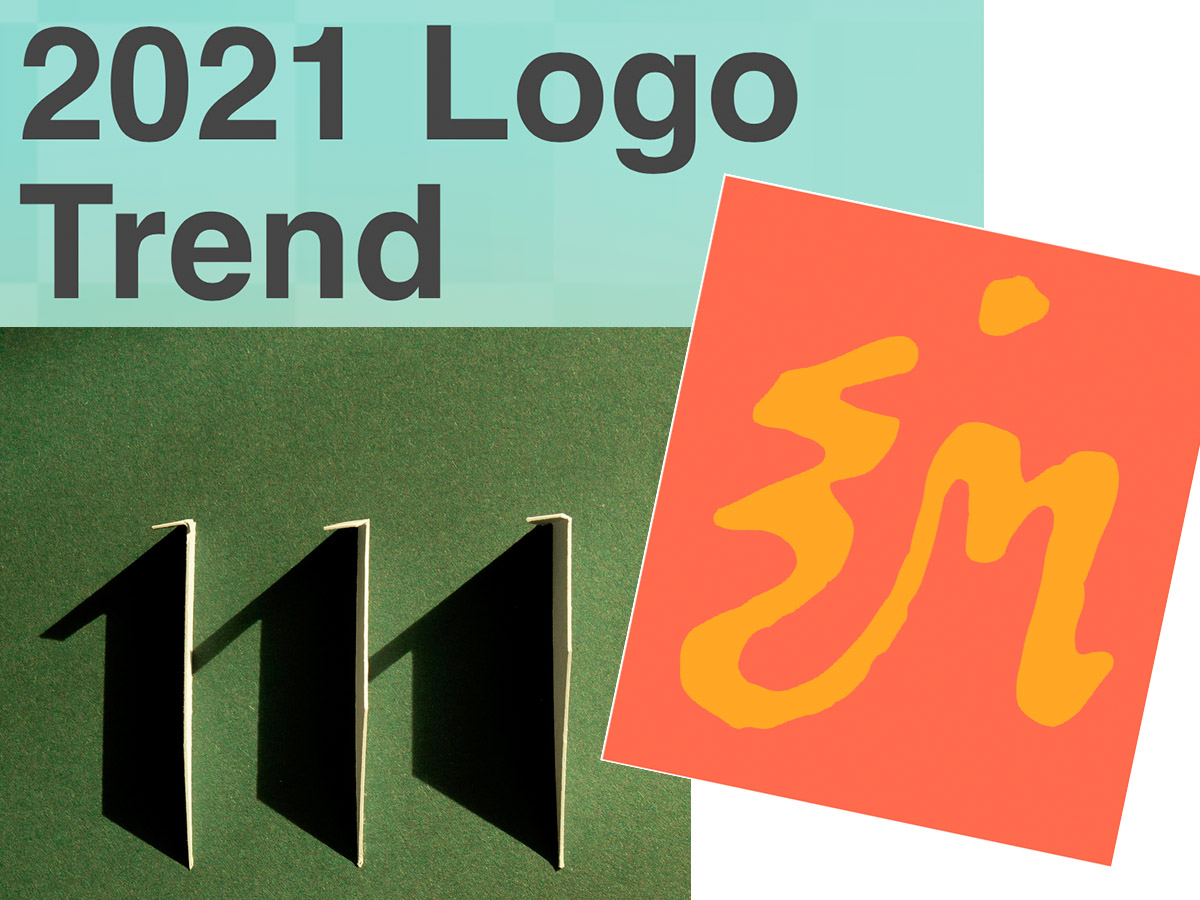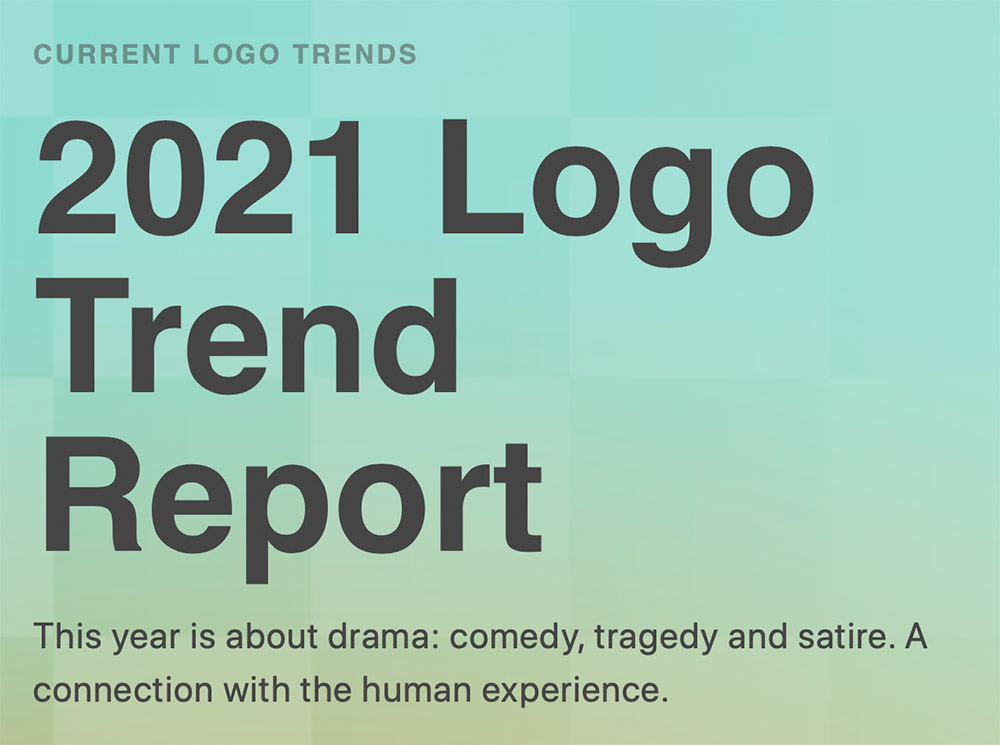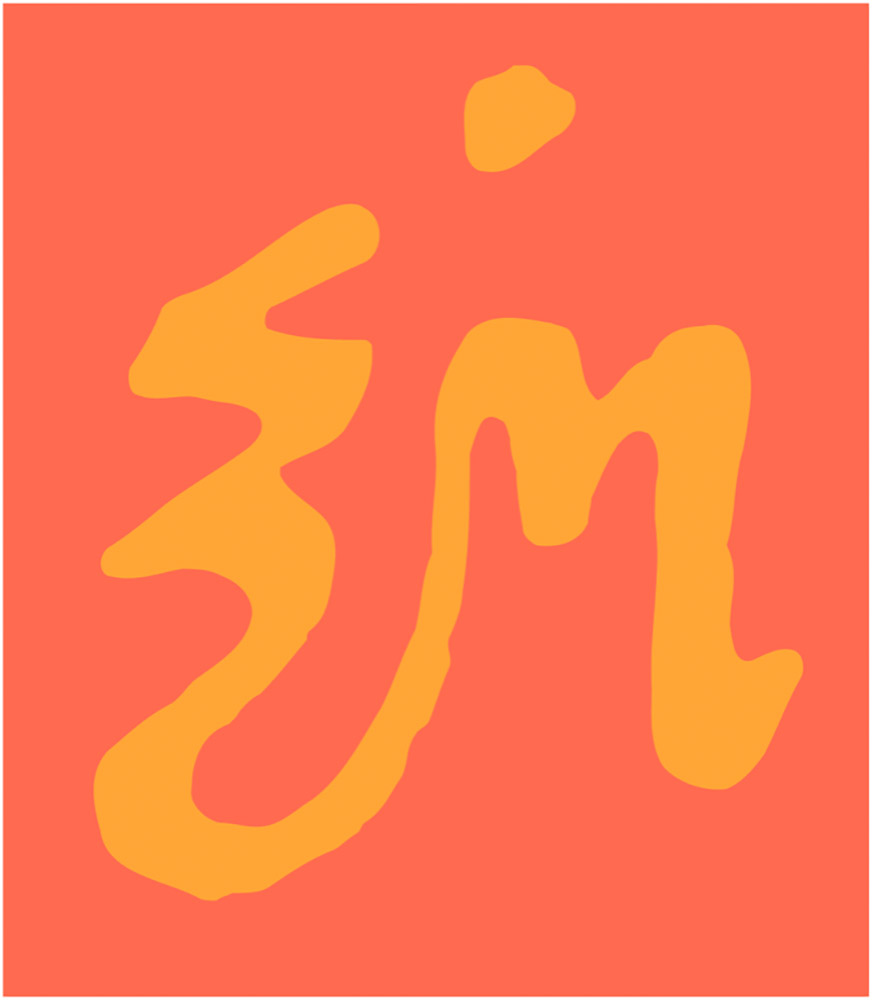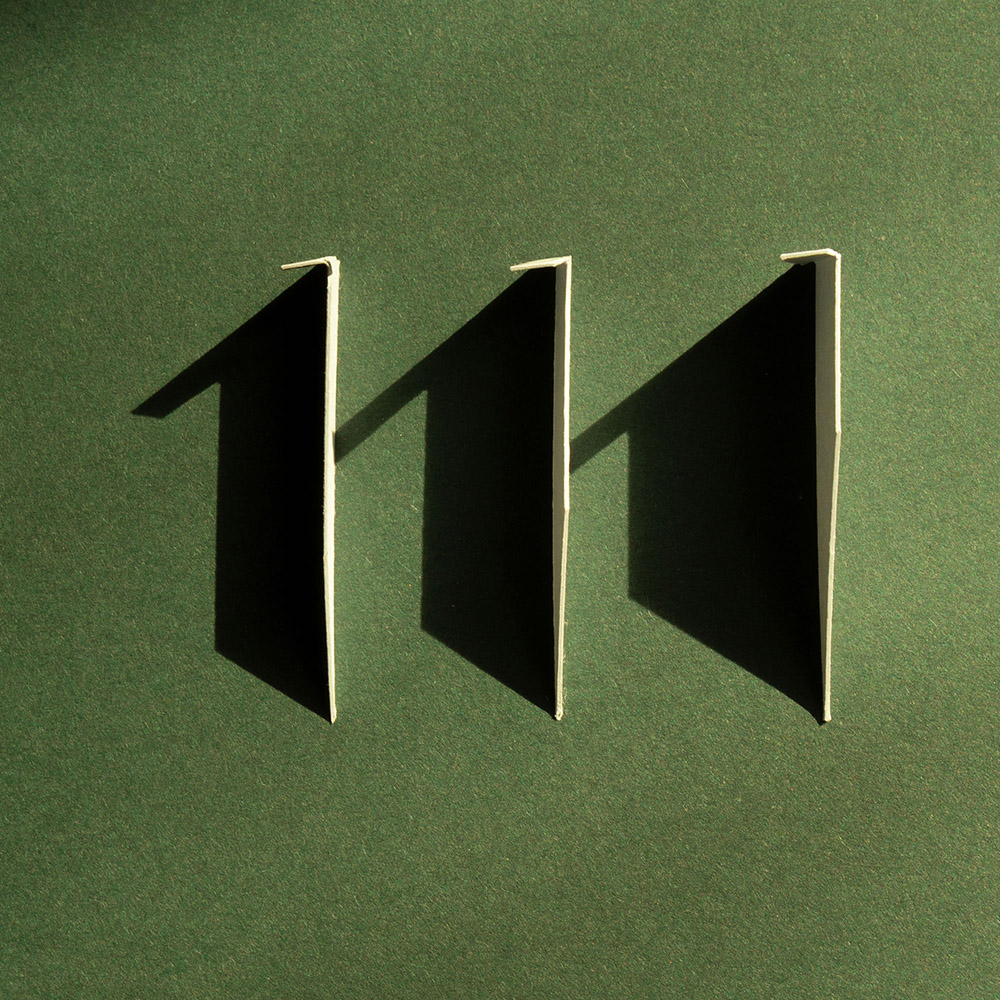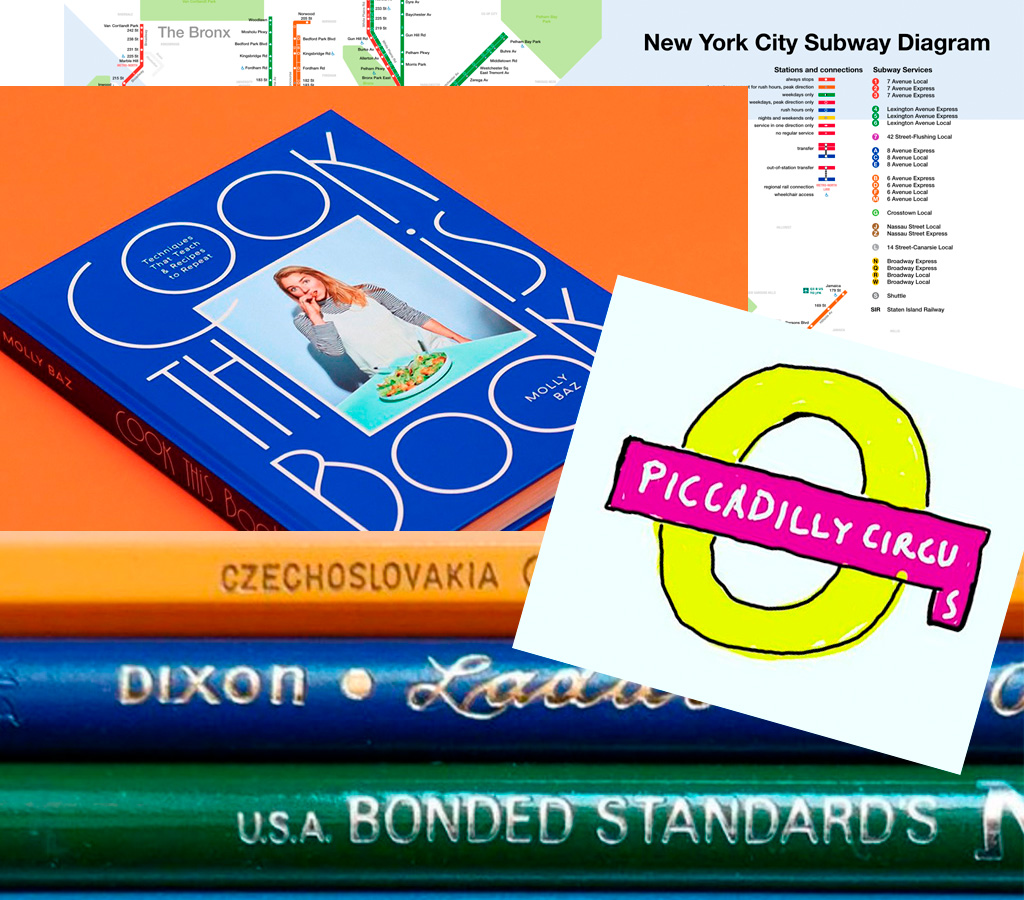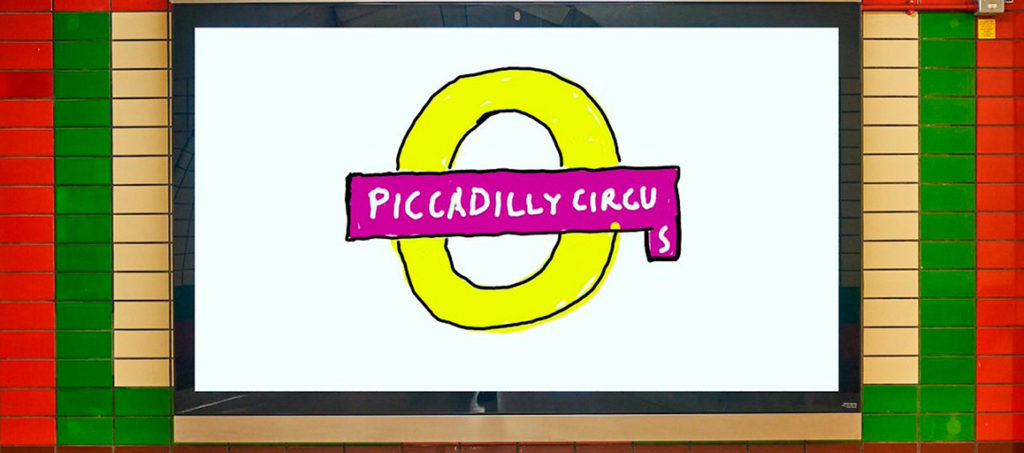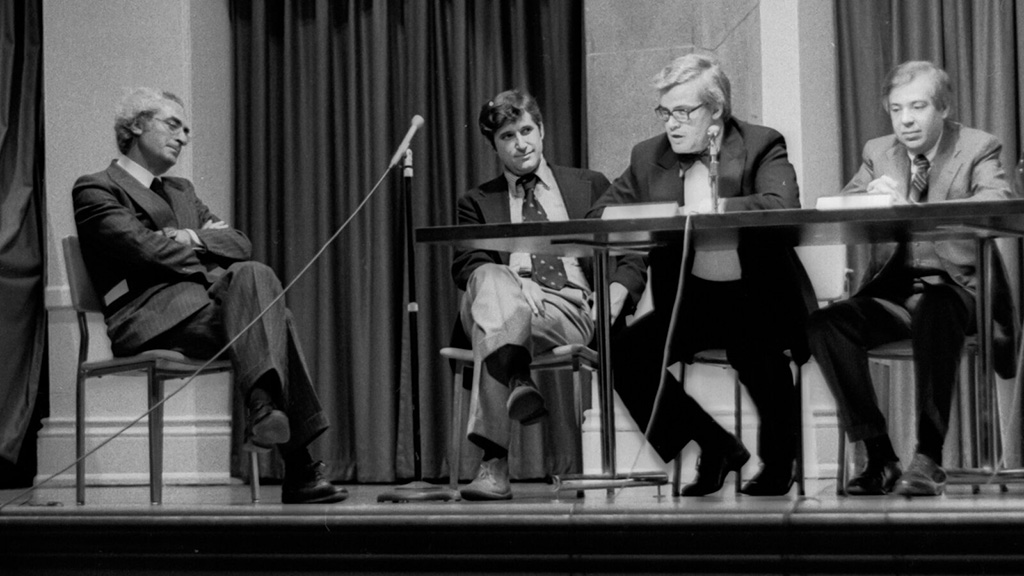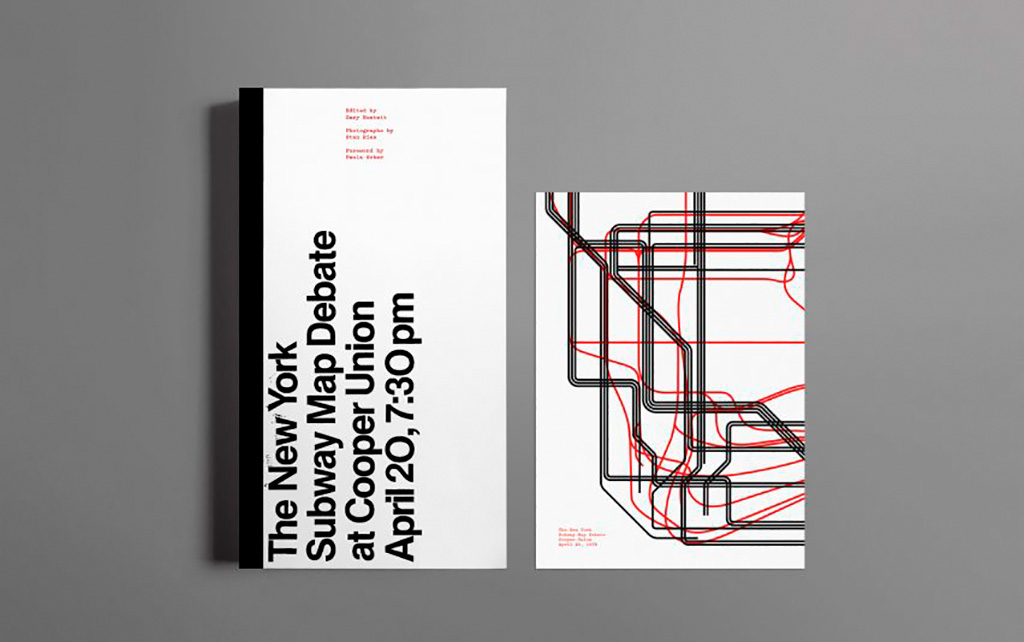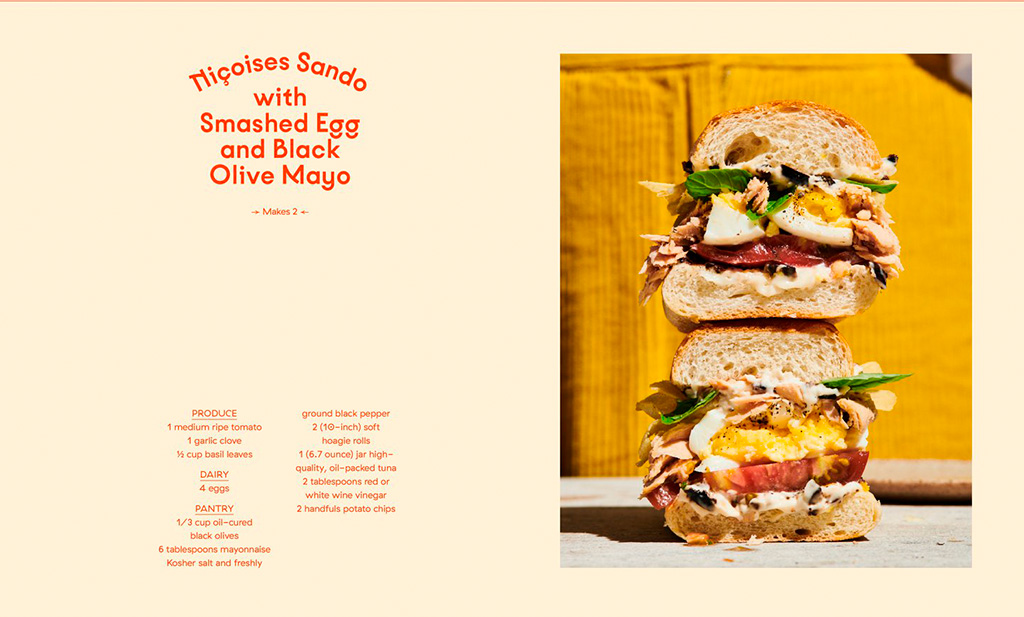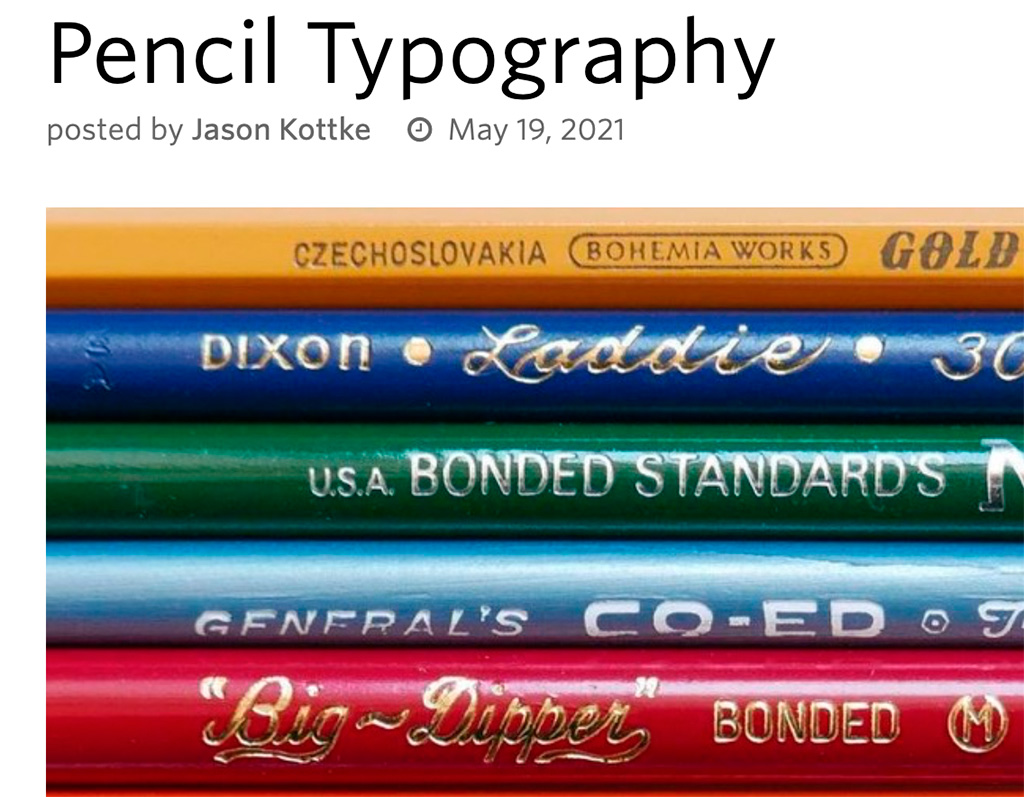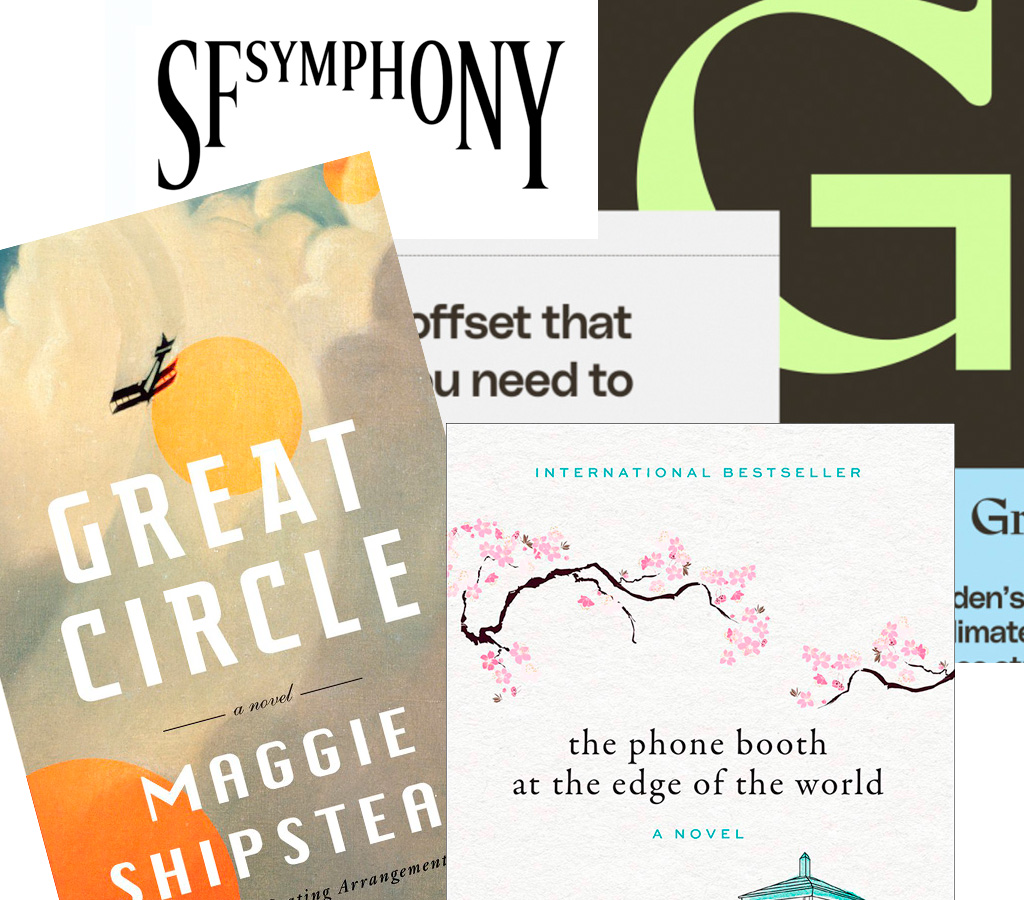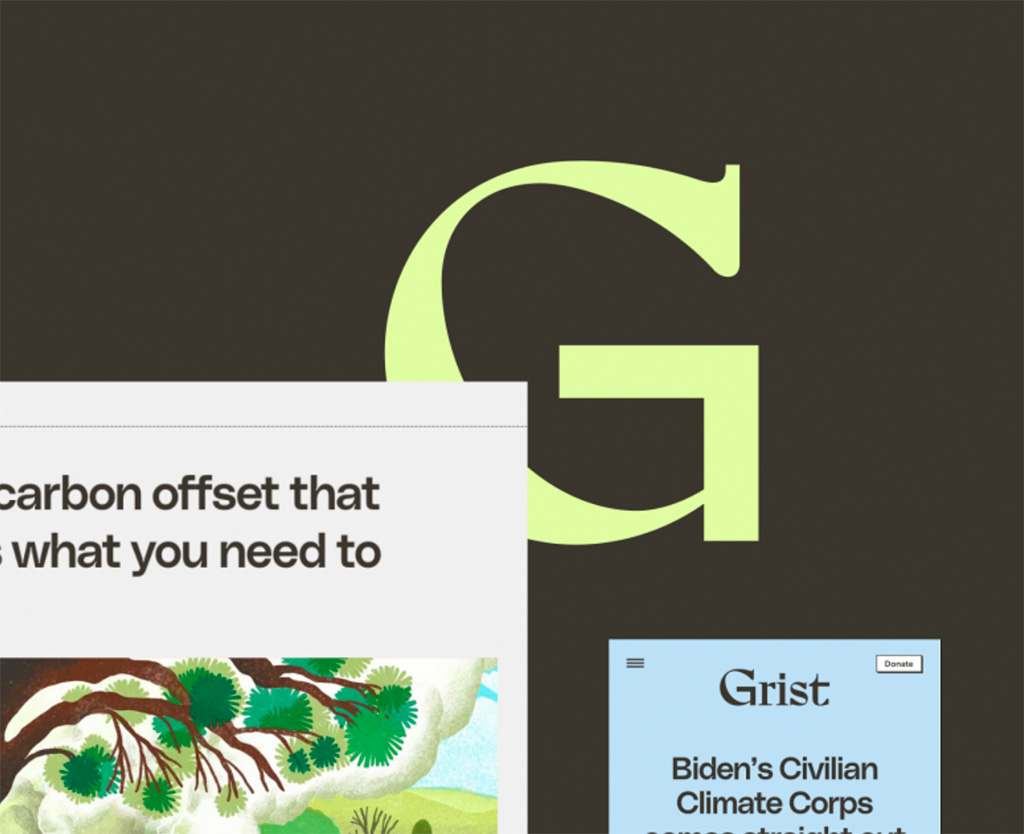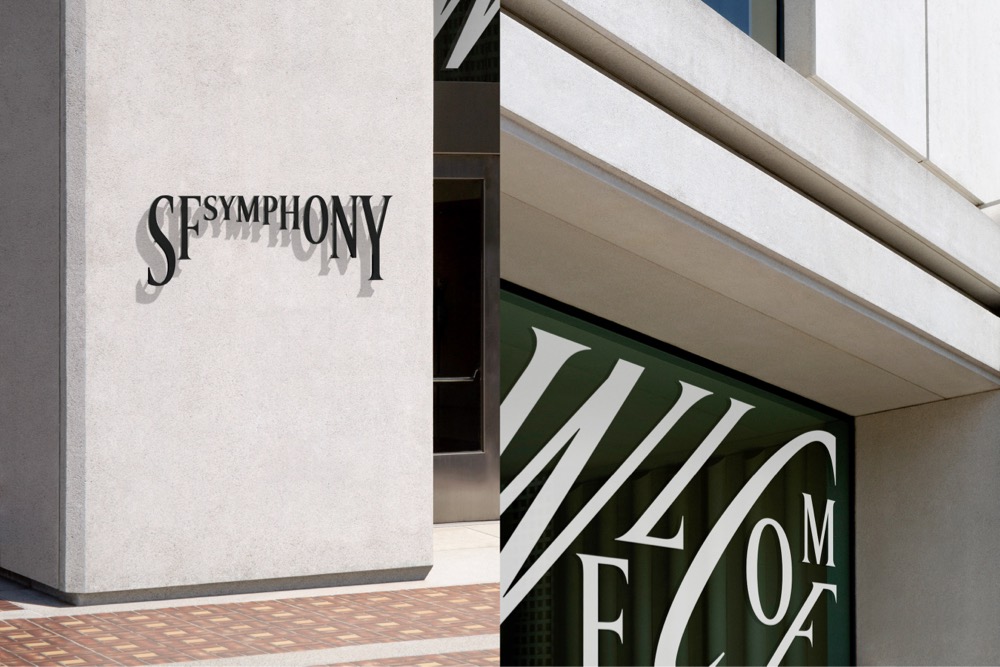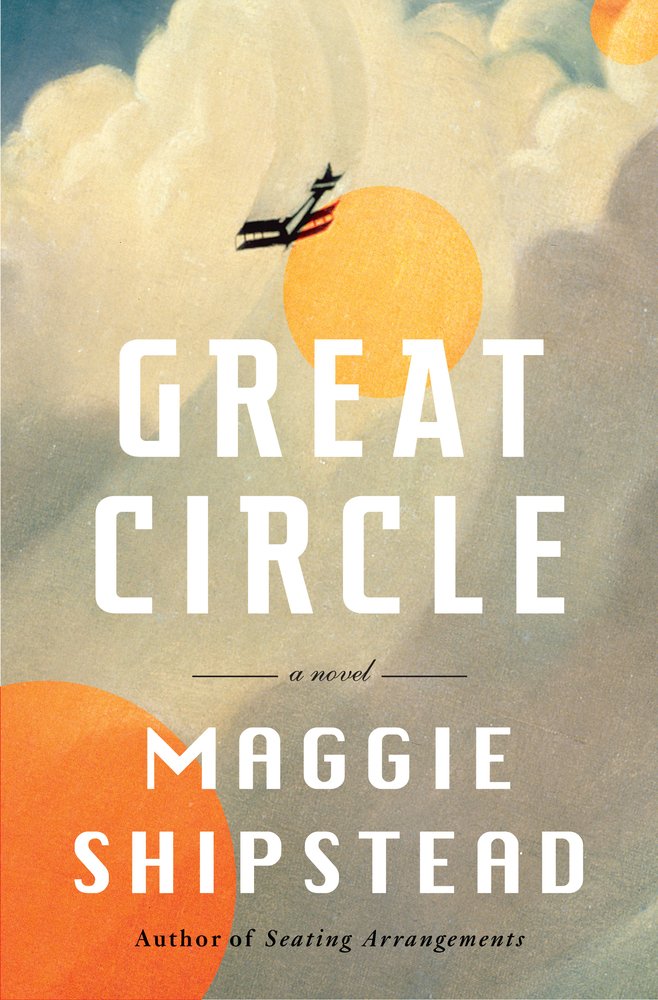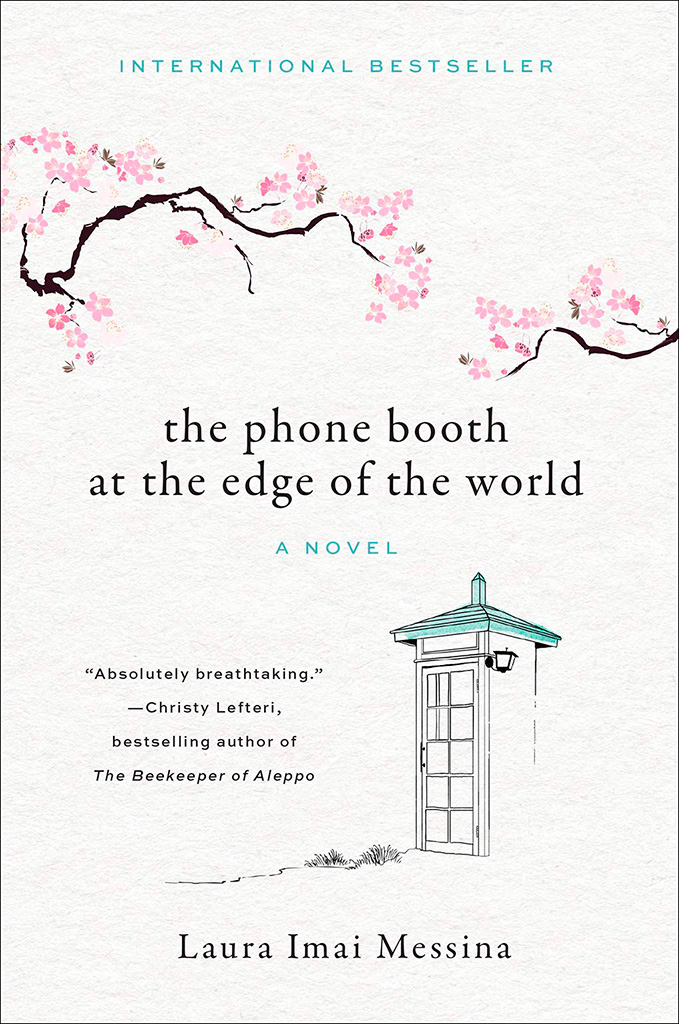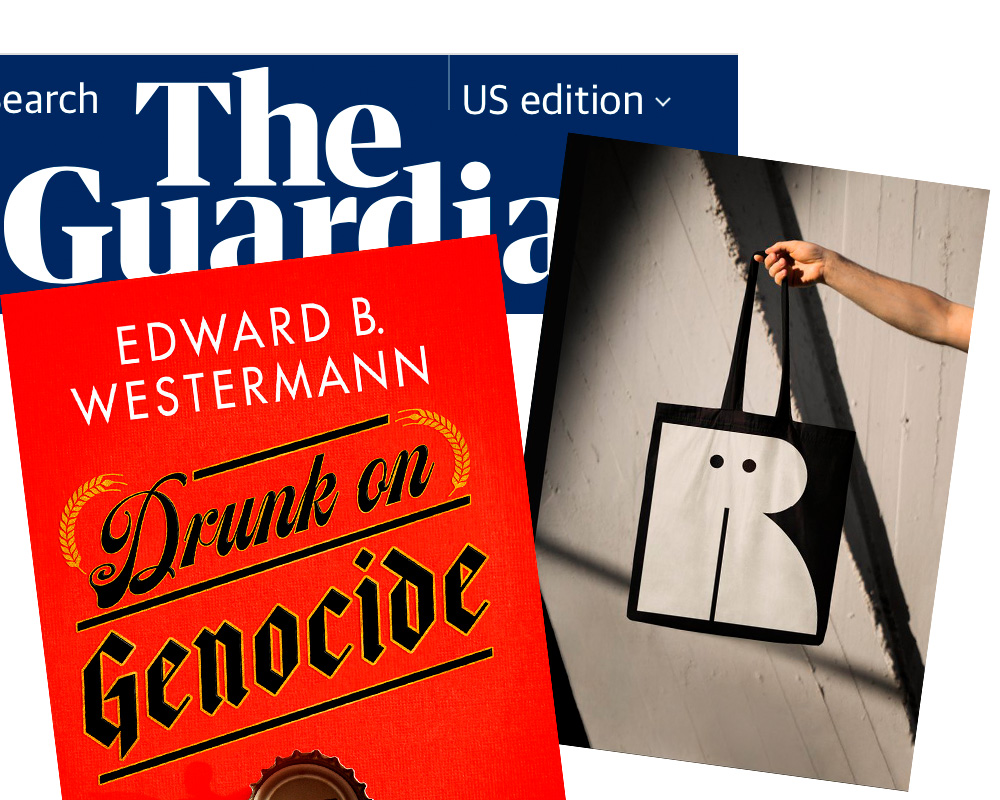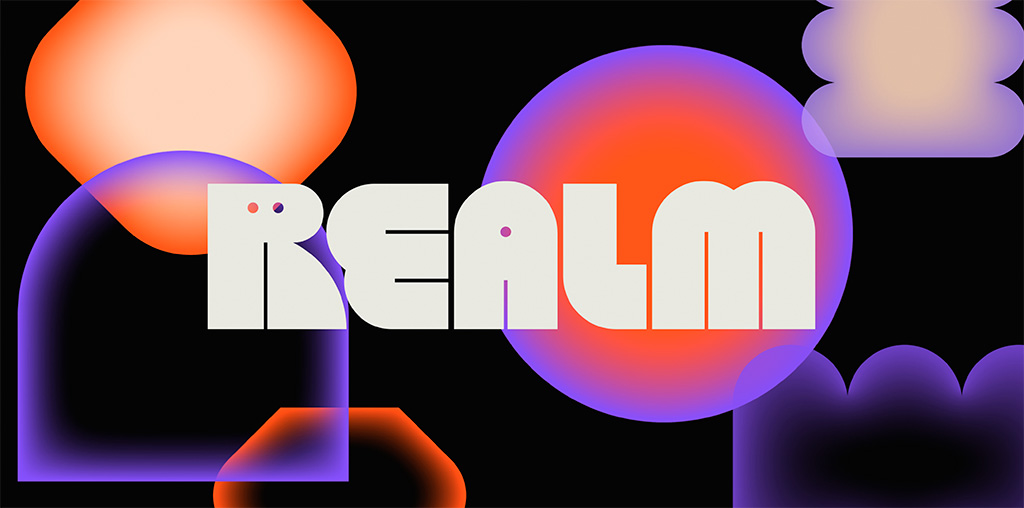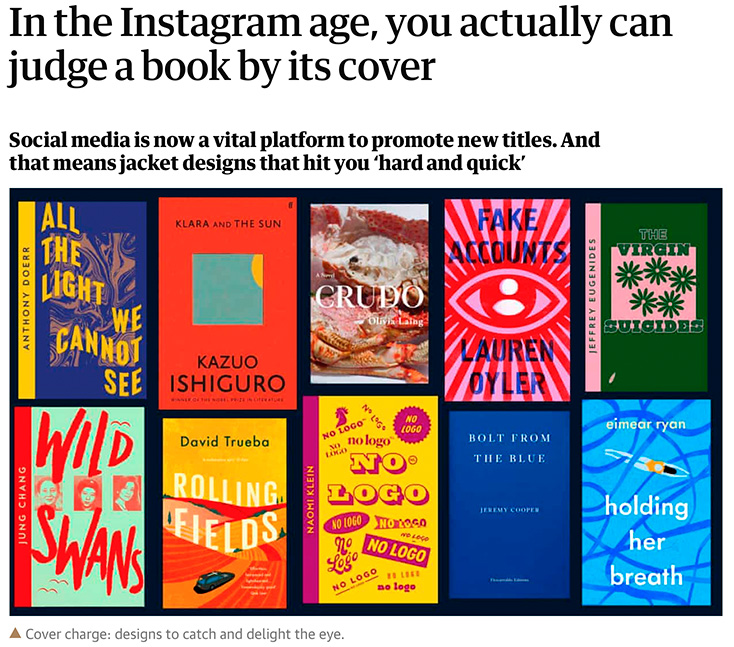For your May Day, please take a closer look at twelve great book covers — and a bonus thirteenth! — spotted during the first four months of 2022.
In alphabetical order:
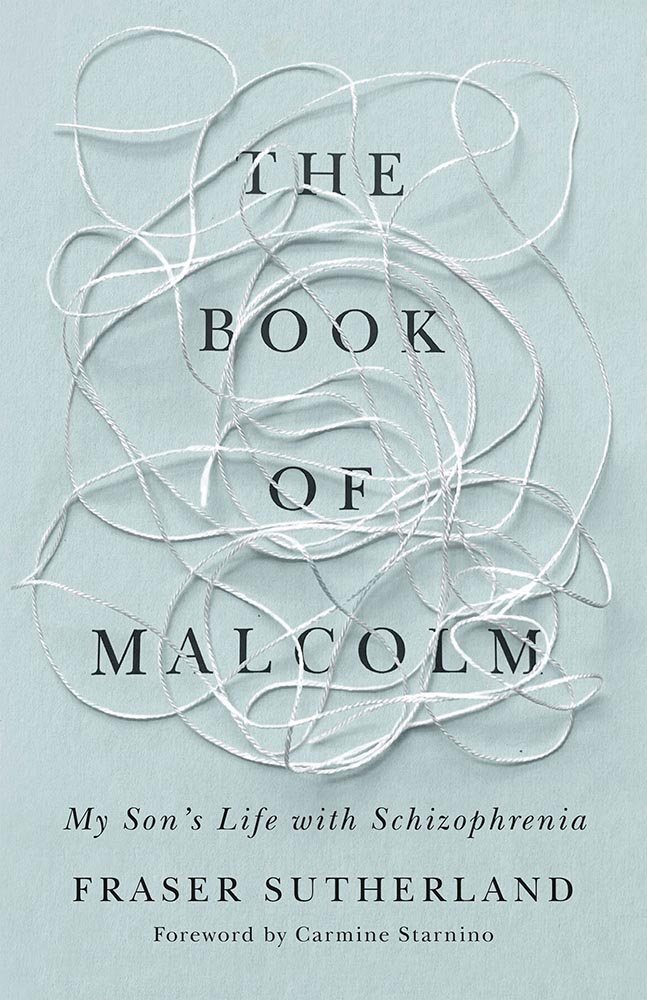
Brilliant: actual text, printed (on a great color paper, too), with actual string, photographed on said print. Not only is it exactly right for the subject matter, it’s simply and beautifully done.
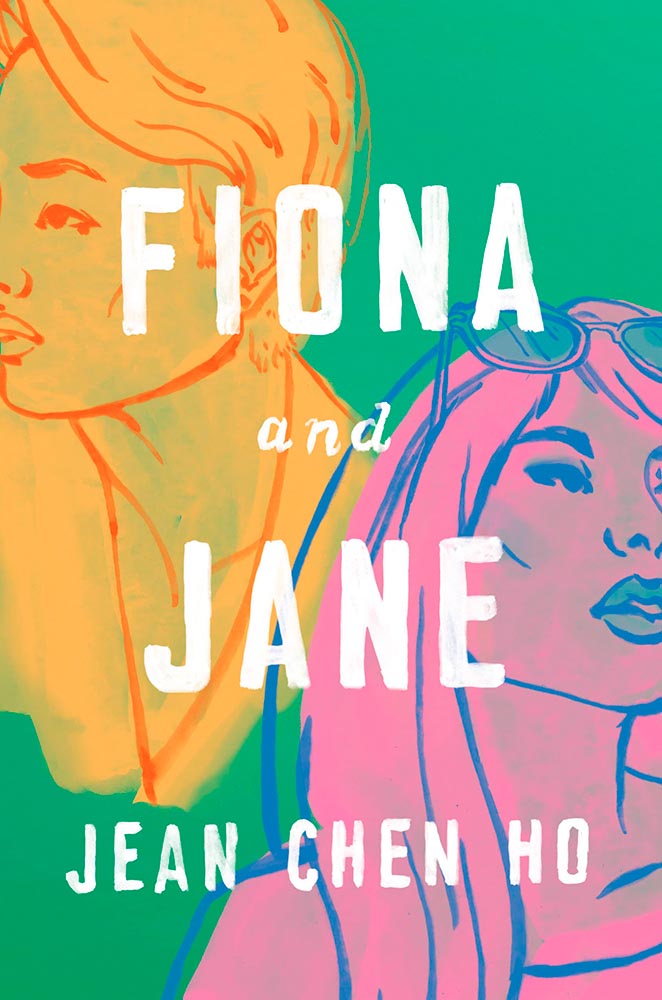
Another great background color choice, this time highlighting the awesome colors chosen for Fiona and Jane’s illustrations. The hand-painted text is perfectly done.
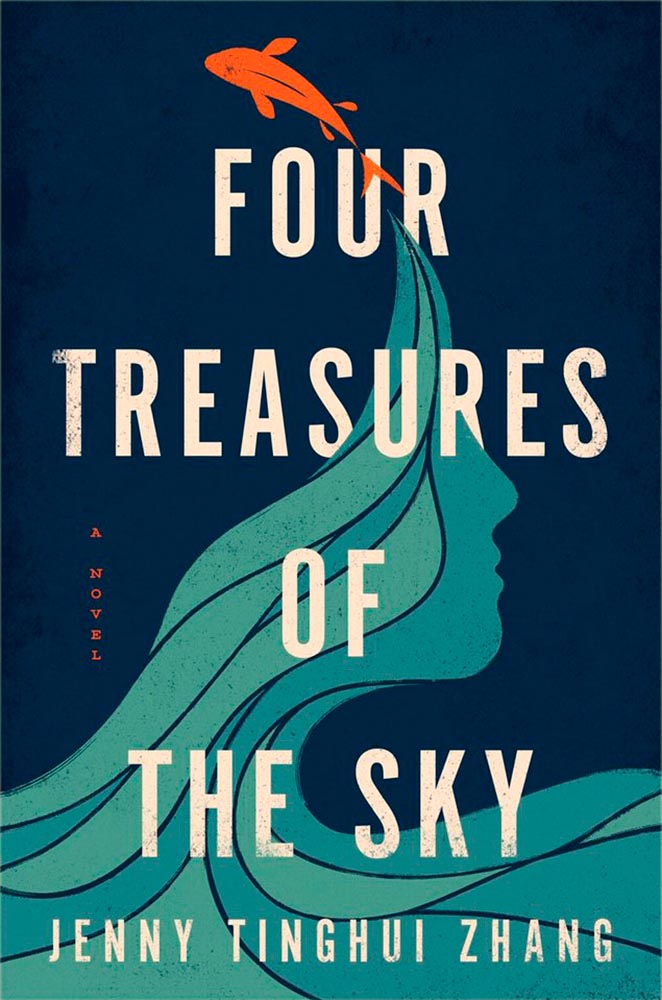
Woodcut or just aged? Doesn’t matter, as “brilliant” falls short when describing this title.
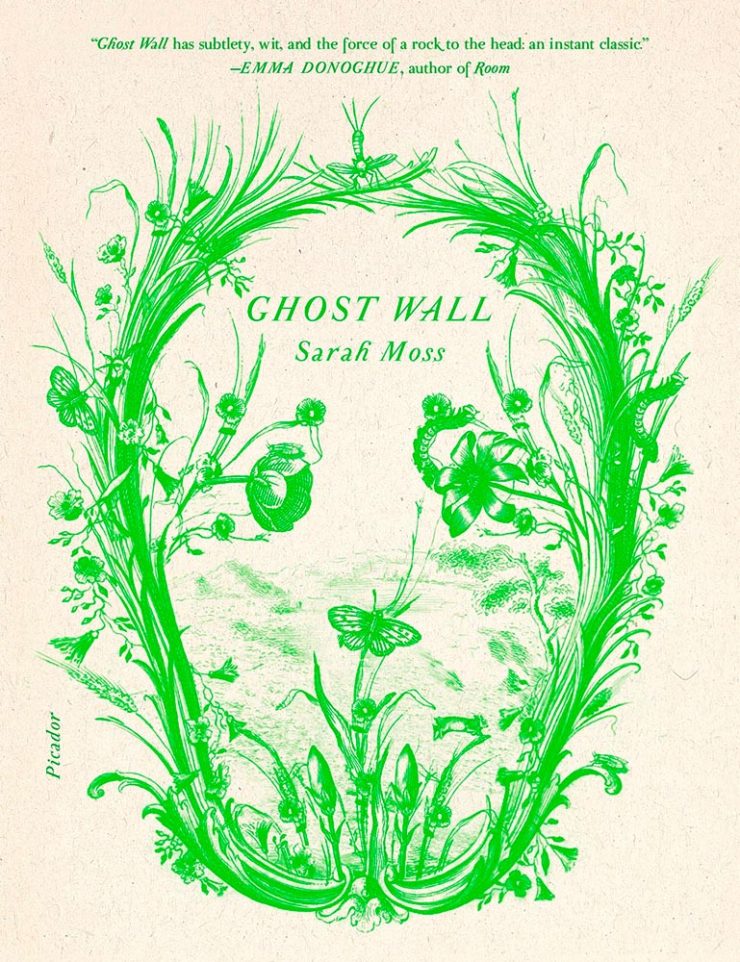
From It’s Nice That, we have a nice feature on Alex Merto — whose Ghost Wall cover is a great example of plant life adding so much more: “the force of a river to the head,” to paraphrase Emma Donoghue’s quote.
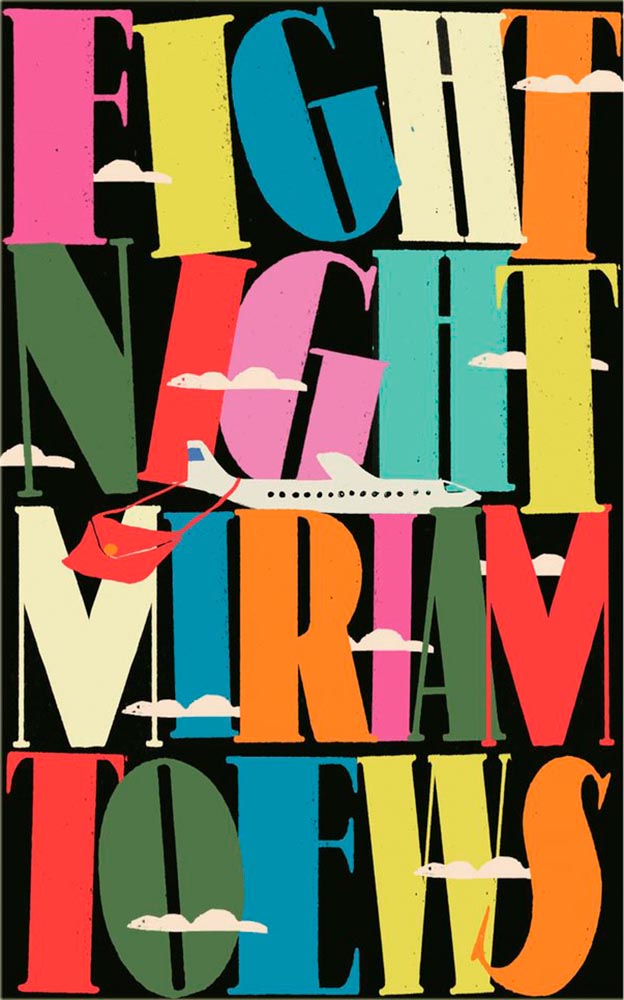
The typography, awesome little plane — the purse(r)! — the clouds, all of it: sky-high levels of good.
Interestingly, Fight Night‘s cover has gotten notice before:
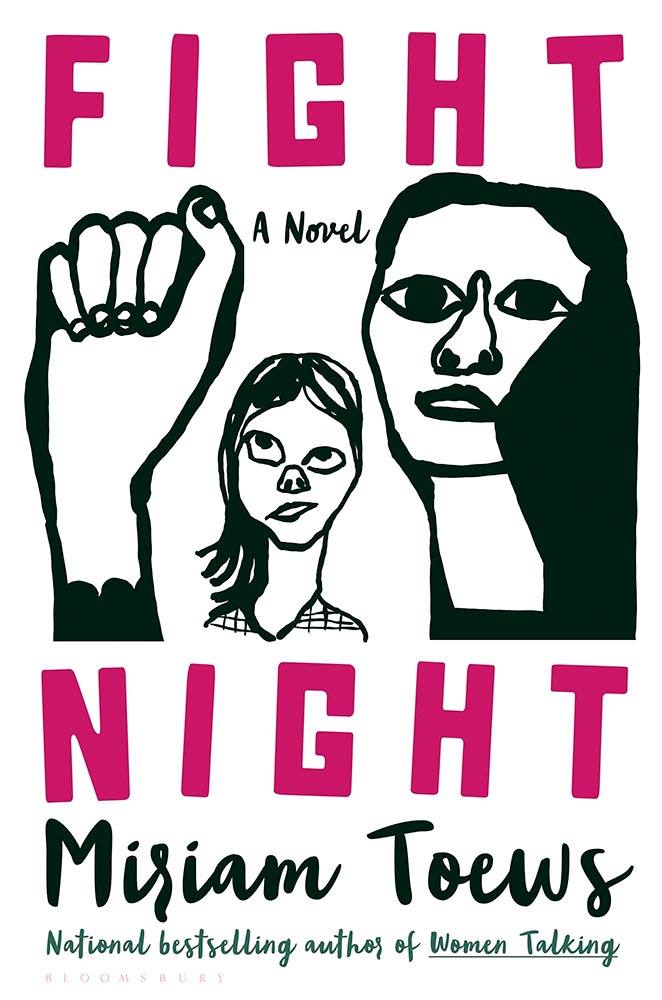
I can’t begin to imagine what caused the redesign, or why it wound up being so radically — 180 degree! — different. The old design wound up on some “best covers” lists (here’s LitHub’s October 2021 post, for instance); the new one has wound up on mine.
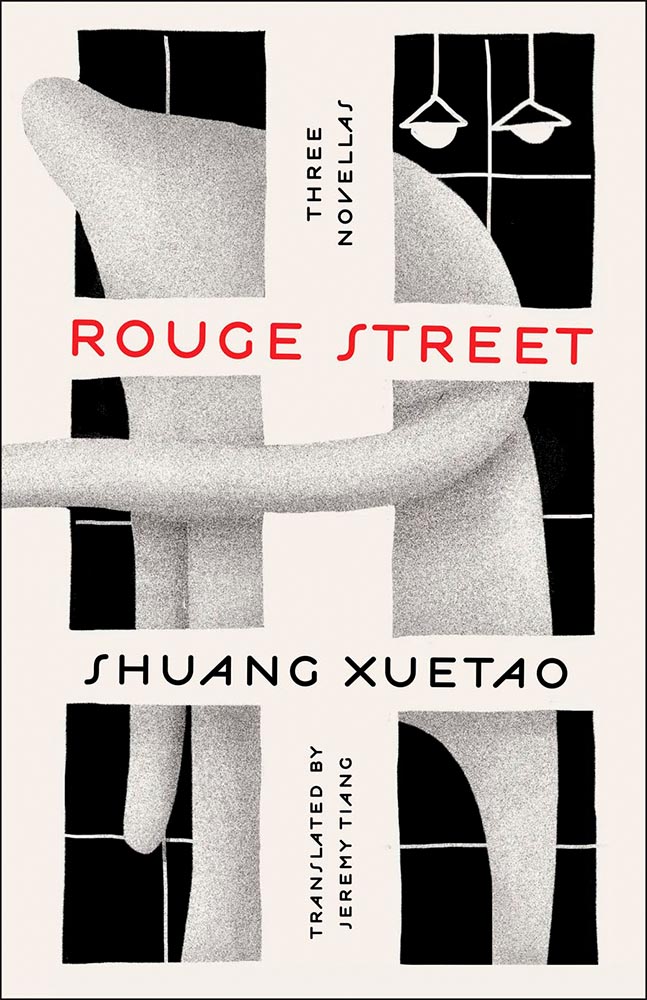
LitHub says this one has a very high “hang on the wall” factor. I can’t think of a better description — great stuff.
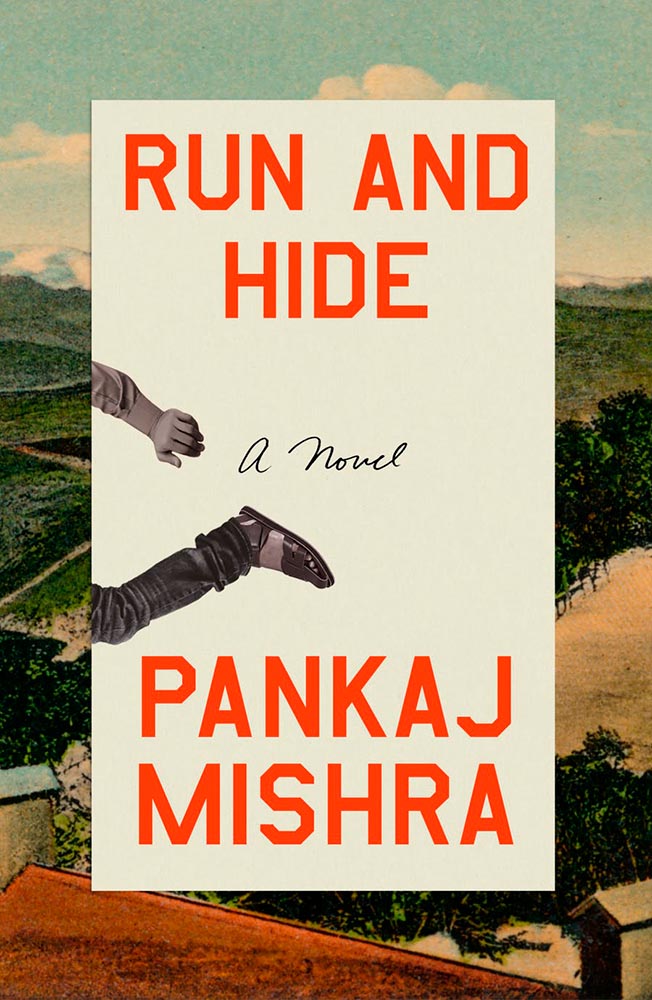
Na Kim just can’t help but design the best covers: a wonderful, antique background complimented by brilliance. (Great typography, too.)
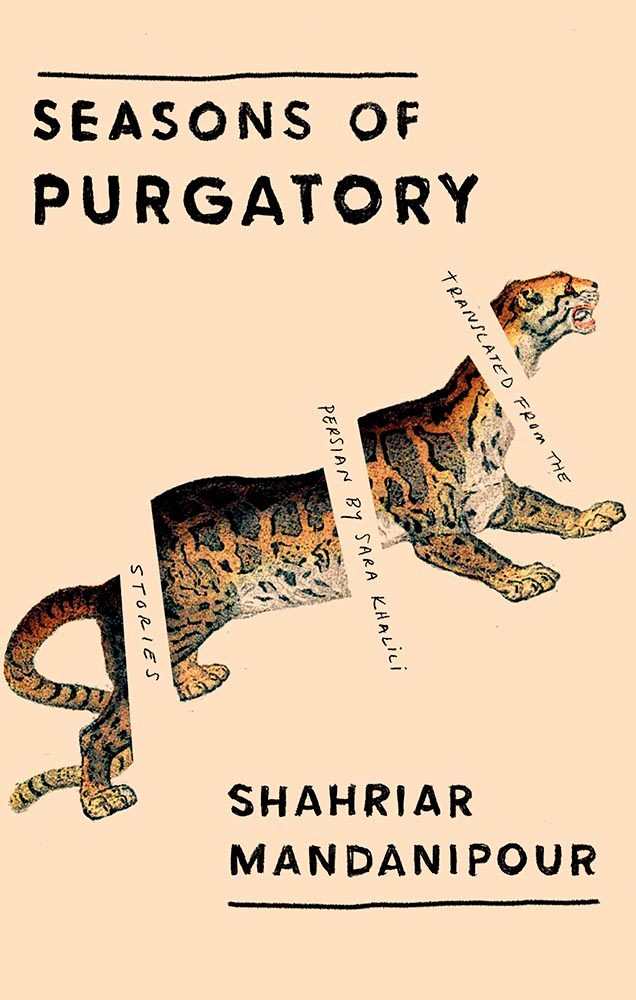
It’s nigh-on impossibly to look at this cover and not flip it around to read the text trisecting the leopard. Take something simple, add the elusive more, get this. Yeah.
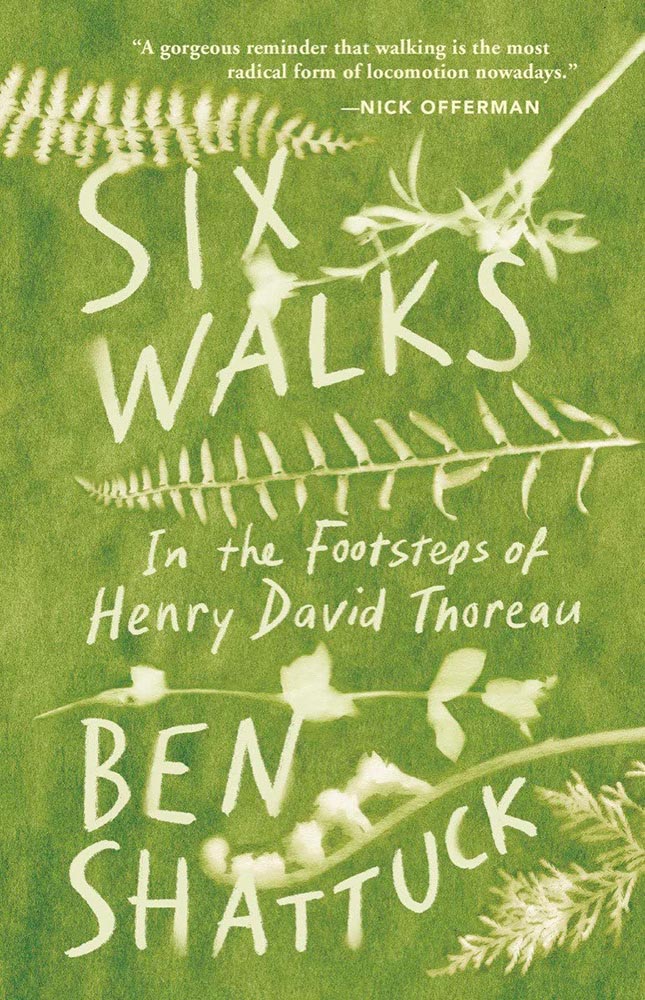
Another fantastic example of plants adding more than the sum of their parts. The mottled green background and watercolor-style falloff is perfectly complimentary. Great stuff. (Except: This is one of those times when an editor or publicist somewhere says, “Hey, we need to add this quote at the top. Let’s do it without consulting the cover designer.”)
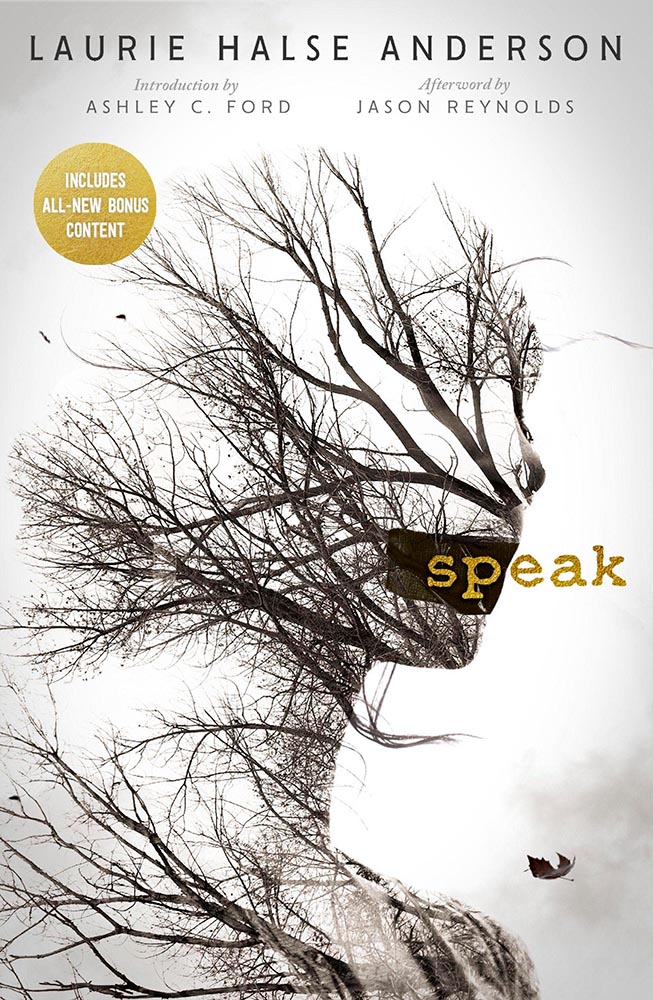
From the Banned Books Department, we have the 20th Anniversary edition of this difficult title rendered in a photo-based collage that’s nothing short of brilliant. Highest praise. Kudos, too, to Open Culture: The New York Public Library Provides Free Online Access to Banned Books: Catcher in the Rye, Stamped & More.
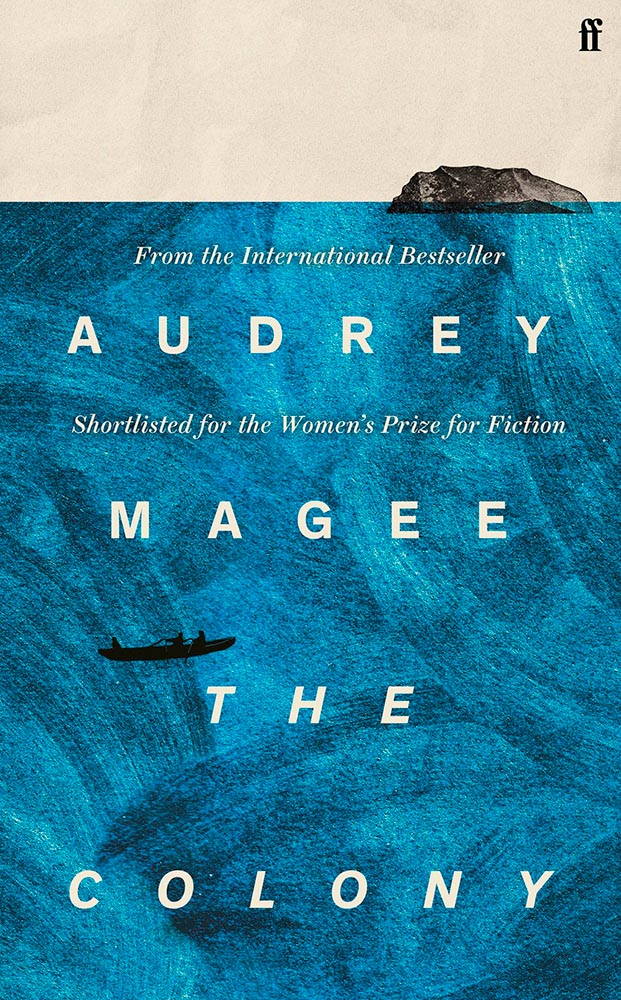
Never mind the great brushed color blocks or boat-rowing-the-ocean above the title. This is here for the overlap between color and island. Shortlisted for the prize for intersection-of-the-year.
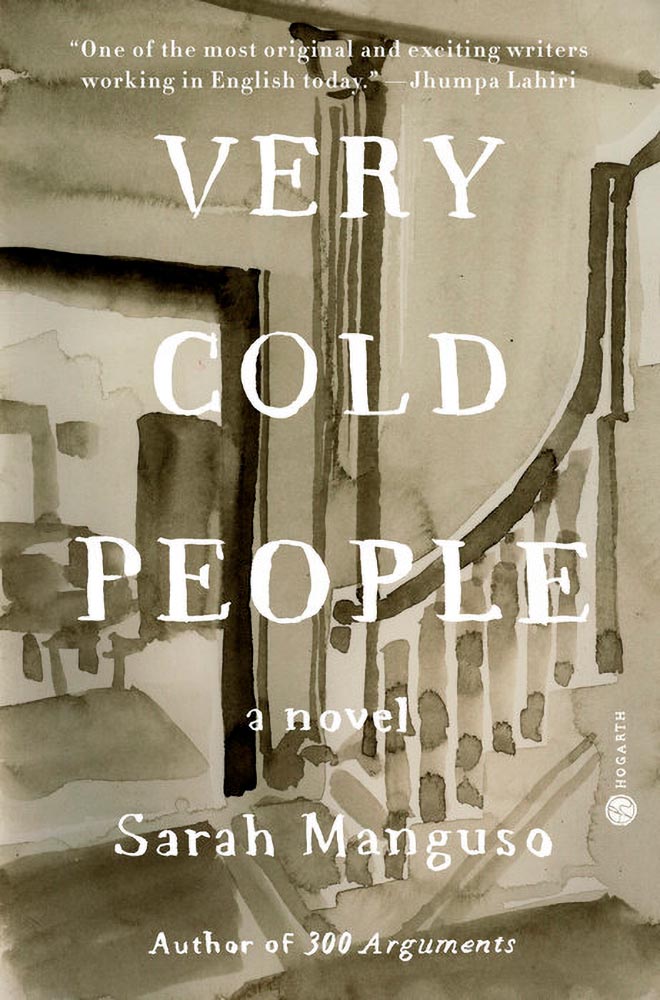
This illustration being in grayscale is, at first, a little off. But, of course, that’s exactly the point. I overuse “brilliant,” but it’s the best description. (See a note from the designer at LitHub‘s cover reveal.)
So, the bonus. No, it’s not the extra Fight Night, above, it’s a fictitious cover. That’s right:
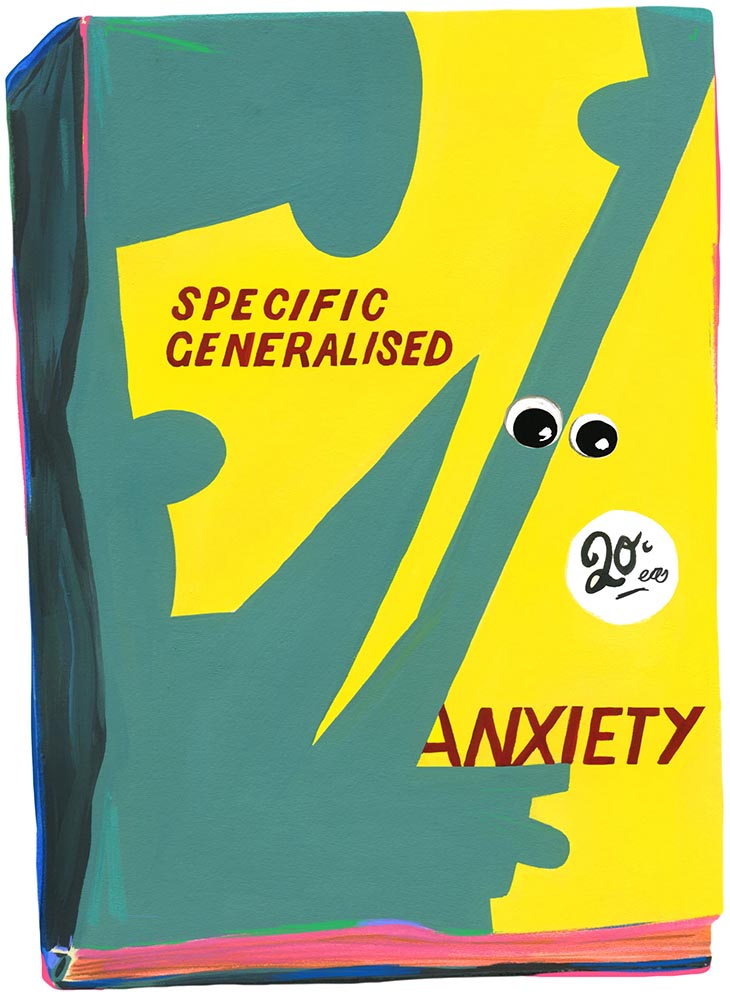
In another It’s Nice That post, we have Anna Hoyle: “Judge her fake books by their comical covers.” Okay!
More book design updates soon — ’cause, here in Georgia, USA, we’re done with spring. Summer starts . . . now.
Additional sources: Spine, “Book Covers We Love” for January, February, March, and April, and LitHub, “Best Book Covers of the Month.”

